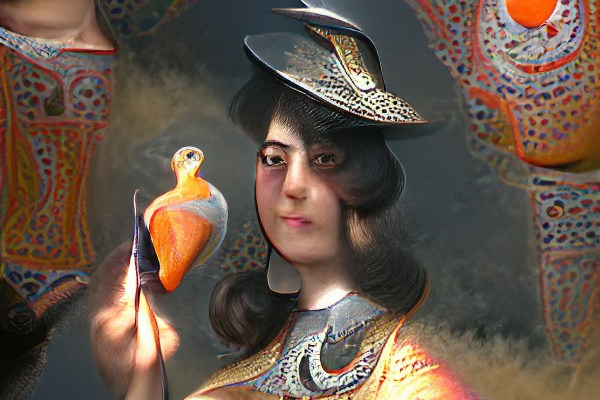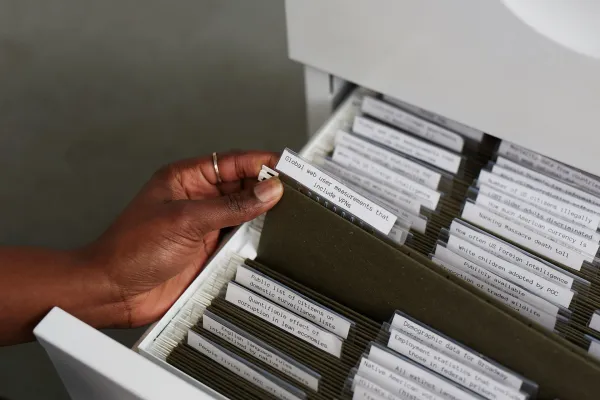What Models Make Worlds: Critical Imaginaries of AI
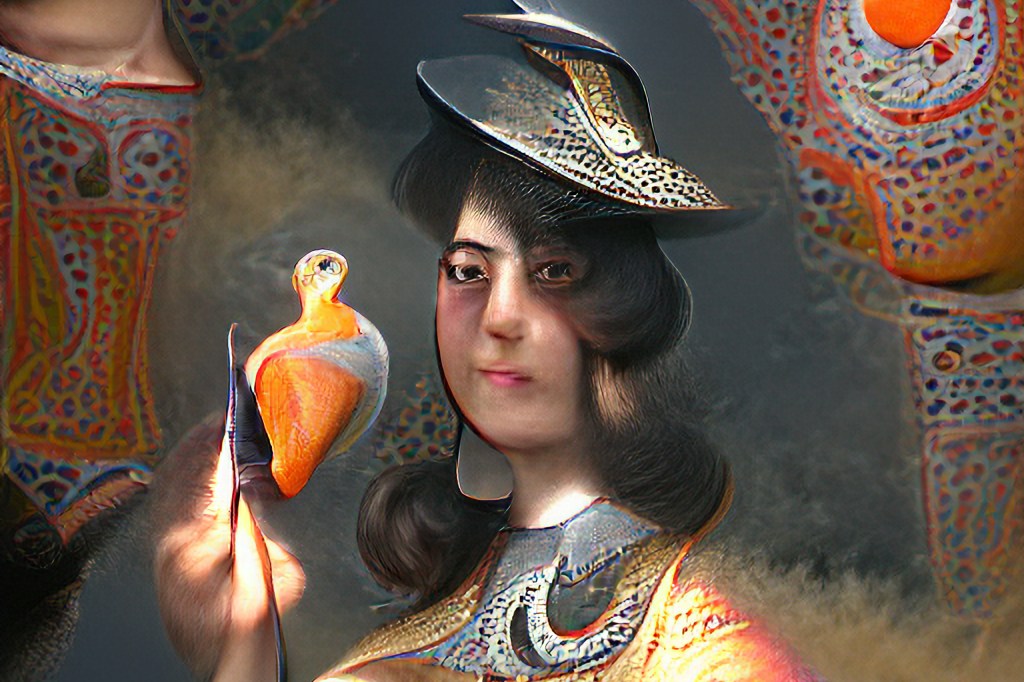
Curated by Mashinka Firunts Hakopian and Meldia Yesayan
In computer science, algorithmic models are used to forecast and visualize prospective futures. Beyond recent large language models (ChatGPT) and image generators (DALL-E, Midjourney), modeling is also used in predictive policing, judicial risk assessment, automated hiring, and elsewhere. These models structure our present, projecting worlds marked by radically asymmetrical power distributions.
Invoking the various meanings of “modeling,” the exhibition assembles the work of artists who map the limits of our current algorithmic imaginaries and move beyond them in acts of critical world building. Modifying a line from feminist technoscience scholar, Donna Haraway—“It matters what stories make worlds, what worlds make stories”— the exhibition’s title reflects the featured artists’ interest in speculative worlding and in reimagining algorithmic systems.
Algorithmic worldmaking often unfolds in a “black box”––an opaque space of automated decision-making whose rationale is hidden from public view. The featured artists open up the black box for scrutiny, imagining possibilities for feminist, antiracist, and decolonial AI.
What Models Make Worlds was originally presented as Encoding Futures at OXY ARTS, the public art space and cultural platform of Occidental College, from September-November 2021. The exhibition is curated by Mashinka Firunts Hakopian, associate professor of technology and social justice at ArtCenter College of Design and Meldia Yesayan, director of OXY ARTS.
About the curators
Mashinka Firunts Hakopian
Born in Yerevan, Mashinka Firunts Hakopian is an Armenian writer, artist, and researcher residing in Glendale, CA. She is an associate professor in technology and social justice at ArtCenter College of Design and was formerly a visiting Mellon professor of the practice at Occidental College. Her book, The Institute for Other Intelligences, was released by X Artists’ Books in December 2022 as the first in its X topics series and edited by Ana Iwataki and Anuradha Vikram. She is the guest co-editor of the spring 2023 issue of Art Papers on artificial intelligence, co-edited with Sarah Higgins. She holds a PhD in history of art from the University of Pennsylvania.
Her writing and commentary have appeared in the Los Angeles Review of Books, Performance Research Journal, the Journal of Cinema and Media Studies, Art Papers, Hyperallergic, Georgia Journal, Art in America, AI Now Institute’s “New AI Lexicon” series, and Meghan Markle’s Archetypes. With Avi Alpert and Danny Snelson, she makes up one-third of Research Service, a media collective that pursues performative and practice-based forms of scholarship. Her current book project considers the role of ancestral intelligence and diasporic worldmaking in emerging technologies.
Meldia Yesayan
Meldia Yesayan is the director of OXY ARTS, the multidisciplinary arts programming initiative at Occidental College. She oversees all aspects of its programming and development, including organizing all exhibitions and programs, facilitating visiting artist residencies such as the Wanlass artist-in-residence program, initiating cross-departmental and interdisciplinary collaborations, and engaging the Occidental community in socially conscious discourse with contemporary arts practices. She is also responsible for developing meaningful and sustained relationships with the Los Angeles area arts communities, including partnerships with local arts agencies, artists, and institutions.
Prior to OXY ARTS, Yesayan was the managing director of Machine Project, a groundbreaking arts collective nationally recognized for its inventive engagement based programming and partnerships with museums and academic institutions across the country. In this role, she led the production of more than 300 public projects and worked with a diverse group of artists across disciplines. Prior to Machine Project, she held leadership positions at Sotheby’s auction house and Muse Film and Television. She is often called on by state and local arts agencies and foundations to serve on review and selection committees for grant and artist selections and has contributed to Art Papers and the Los Angeles Review of Books. She holds a JD and BA from UCLA and is a USPAP certified fine art appraiser.
OXY ARTS
OXY ARTS is Occidental College’s public art center. Rooted in social justice and community engagement, it is a vital public space for discovery, engagement, and learning at the intersection of art, culture, and social movements. OXY ARTS is located in the heart of the Highland Park neighborhood in northeast Los Angeles and is committed to facilitating projects that hold space for complex ideas and dialogue, spark curiosity, and invest in artists and community growth.
Gallery hours: Monday – Friday 11am – 6pm
Ford Foundation Gallery
320 E 43rd St, New York, NY 10017
Visitor info
Algorithmic Justice League
Morehshin Allahyari
Andrew Demirjian and Dahlia Elsayed
Stephanie Dinkins
Aroussiak Gabrielian
Maya Indira Ganesh with Design Beku
Kite
Lauren Lee McCarthy
Mimi Ọnụọha
Niama Safia Sandy
Caroline Sinders
Astria Suparak
Mandy Harris Williams
Kira Xonorika
Exhibition installation information
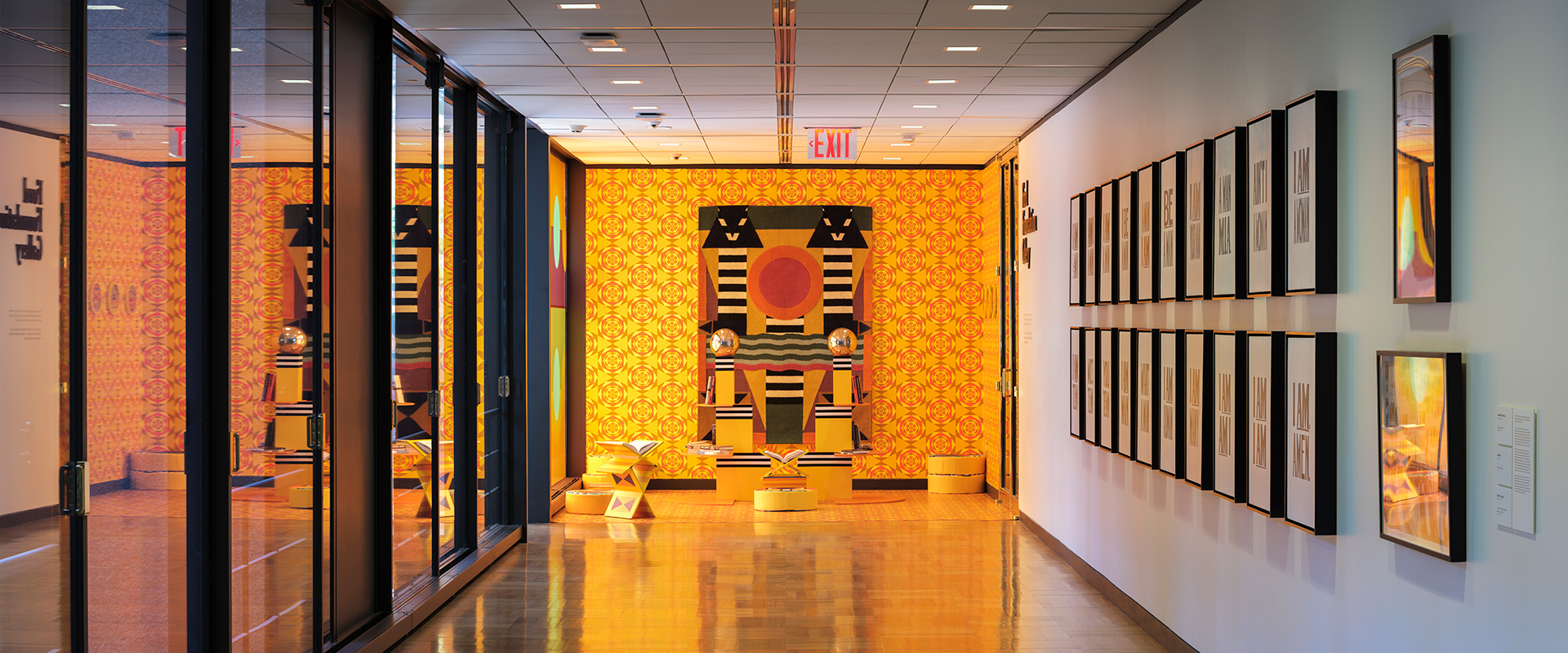
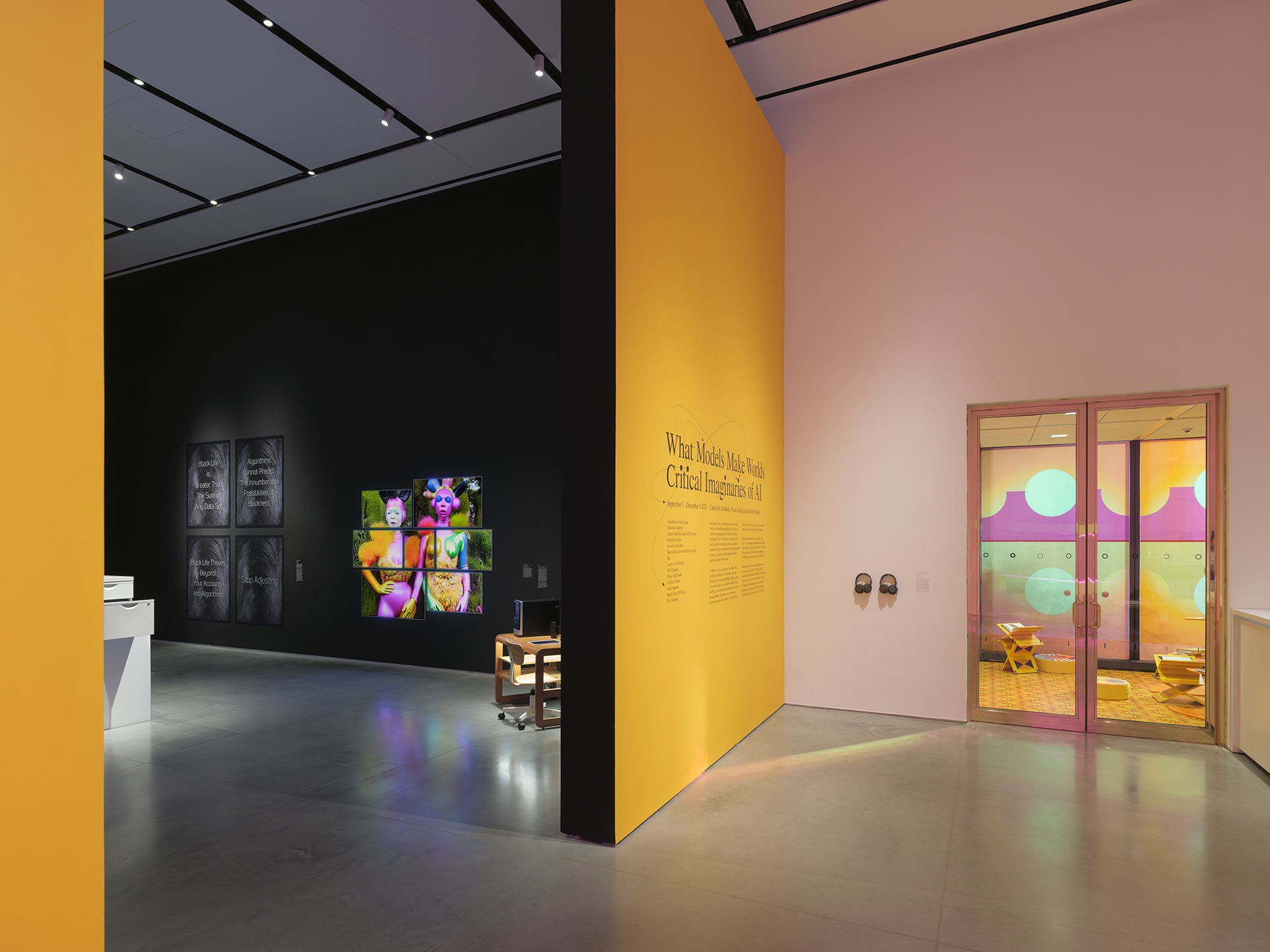
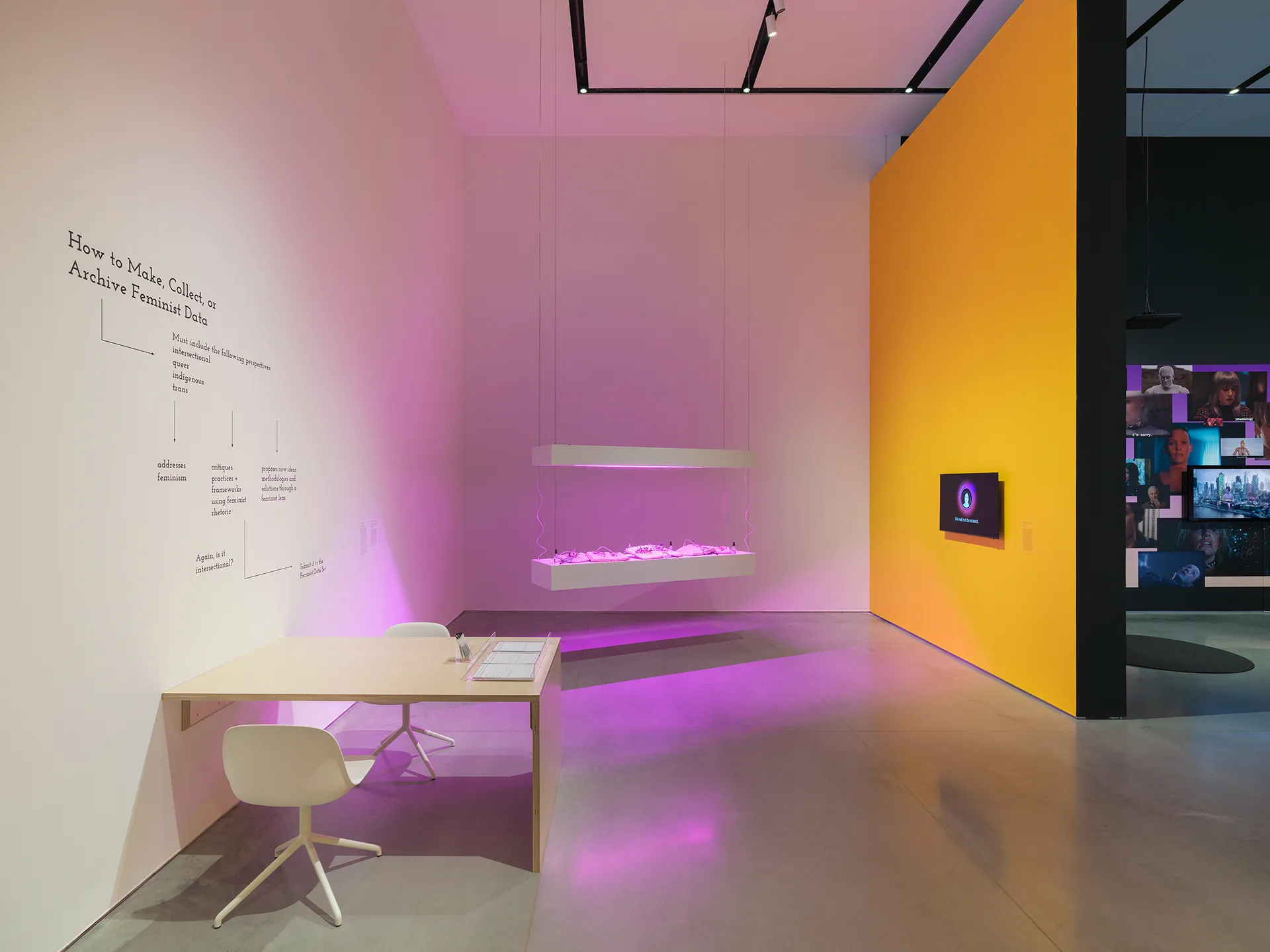
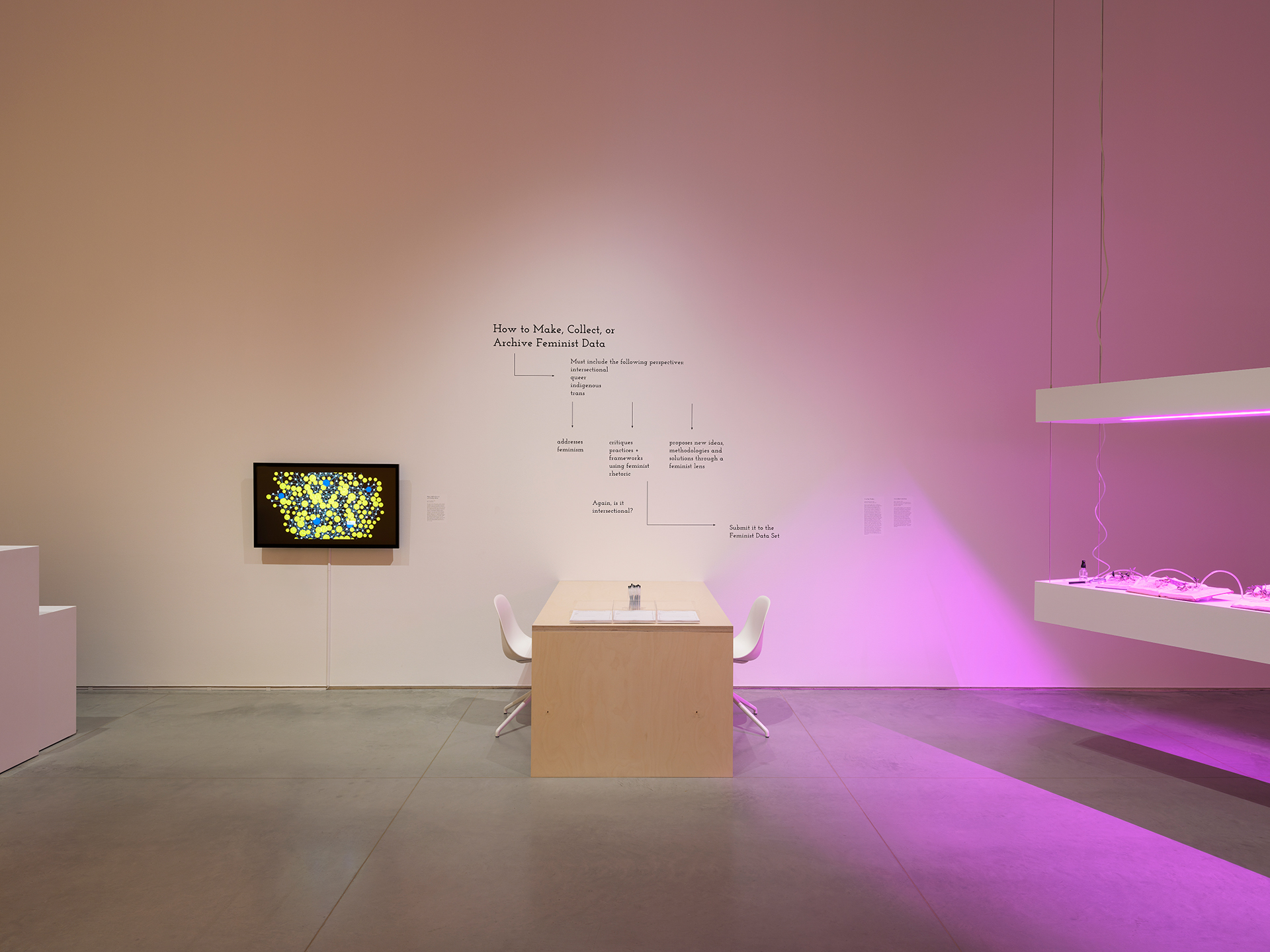
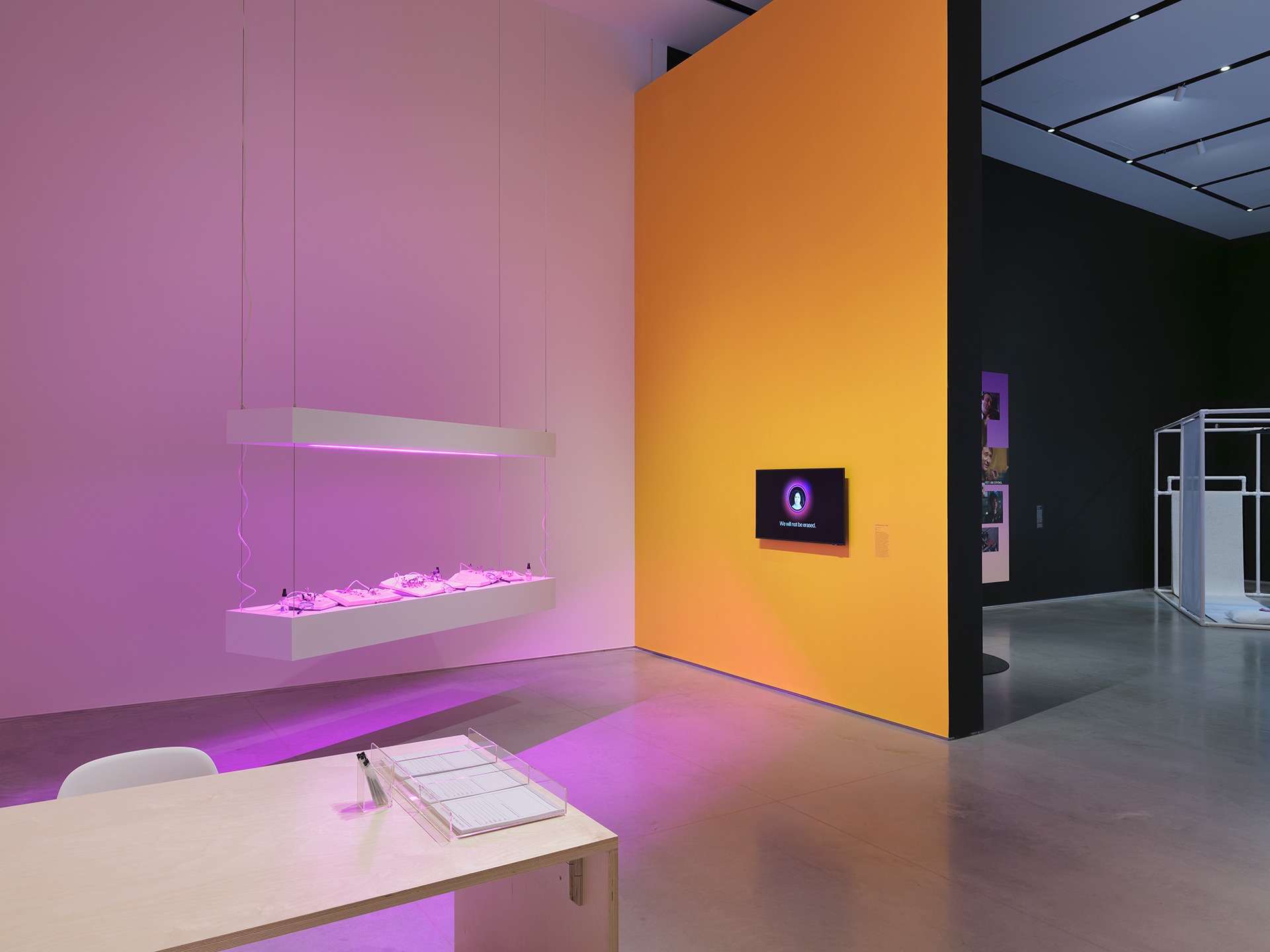
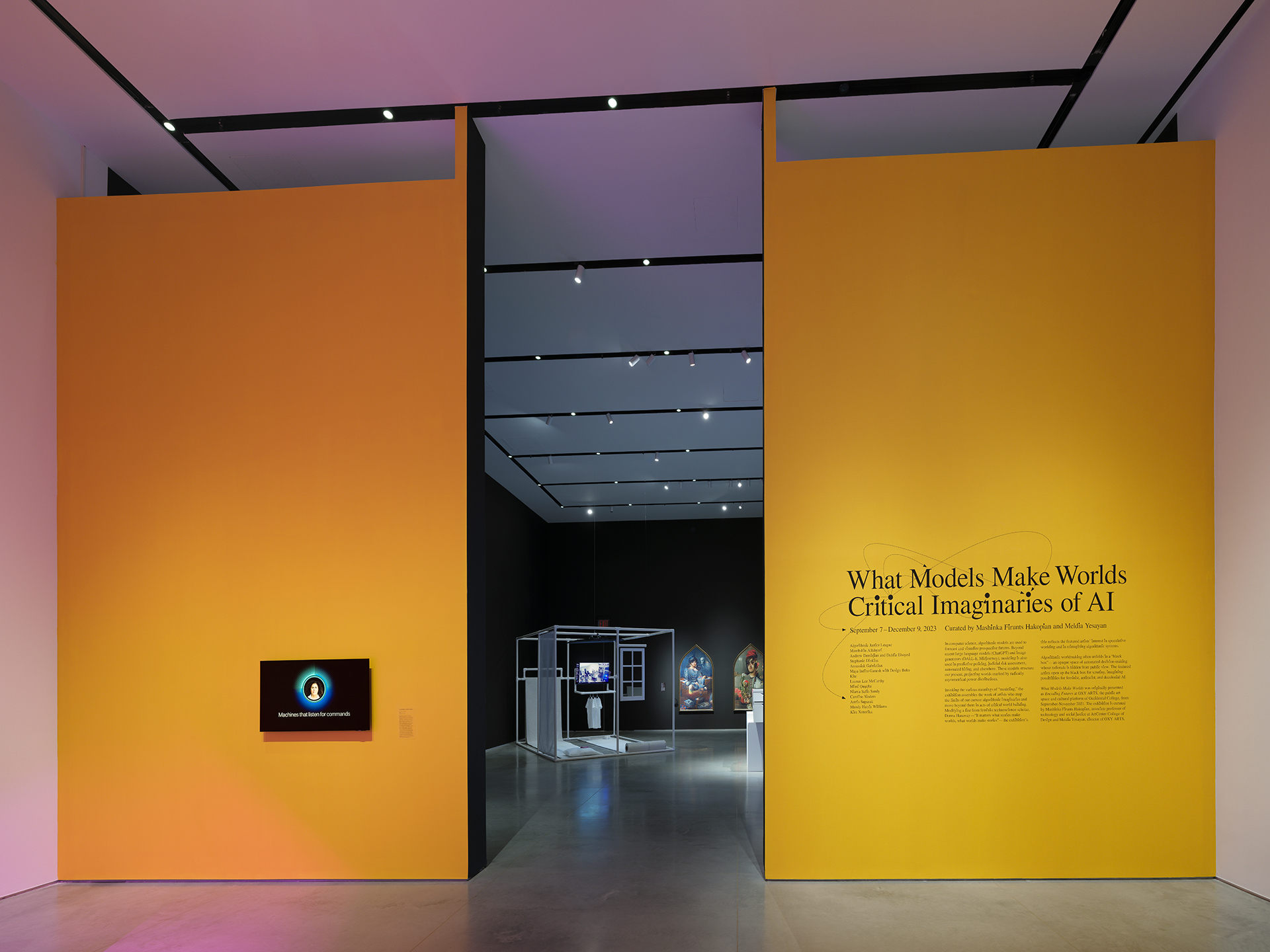
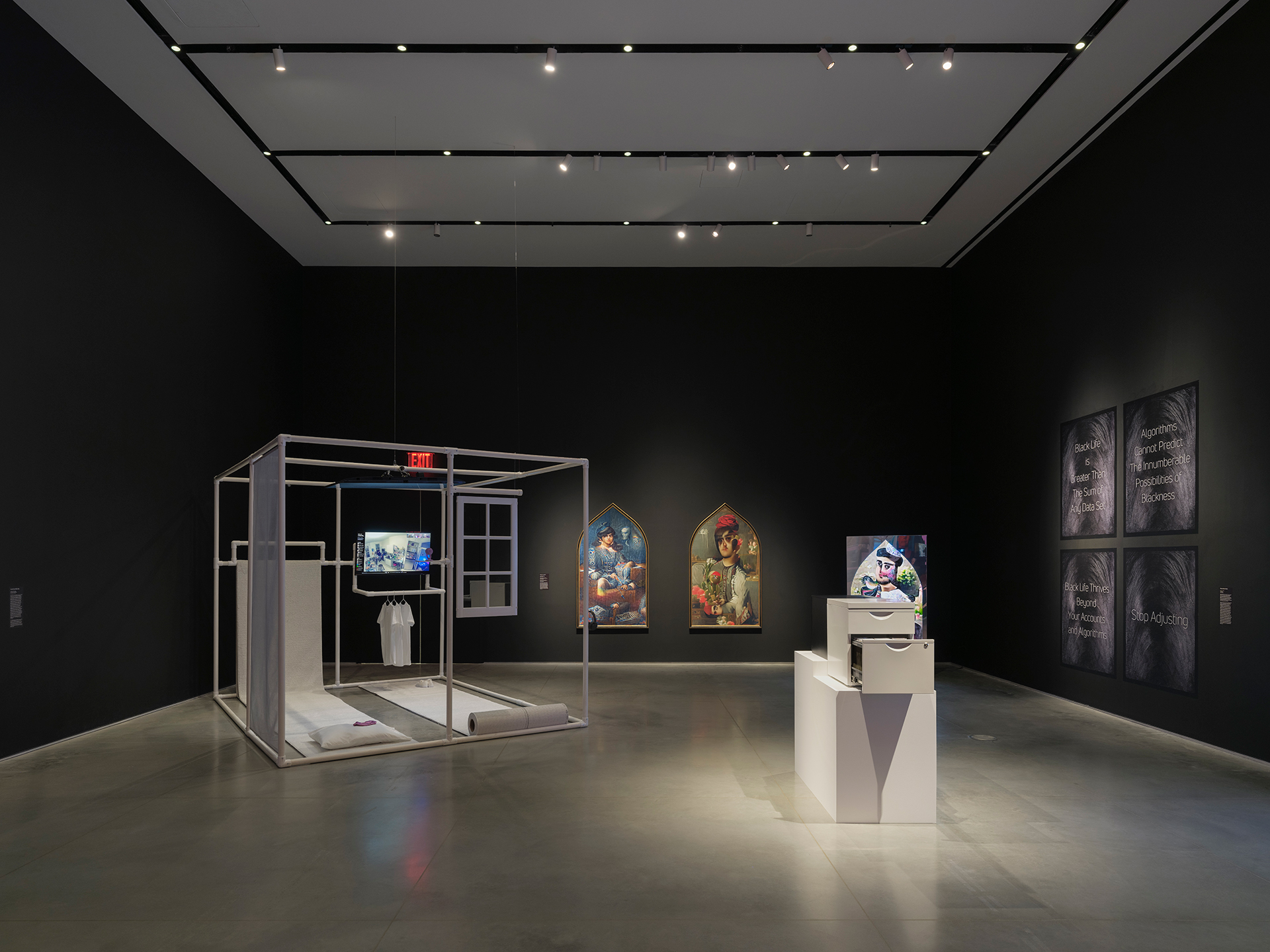
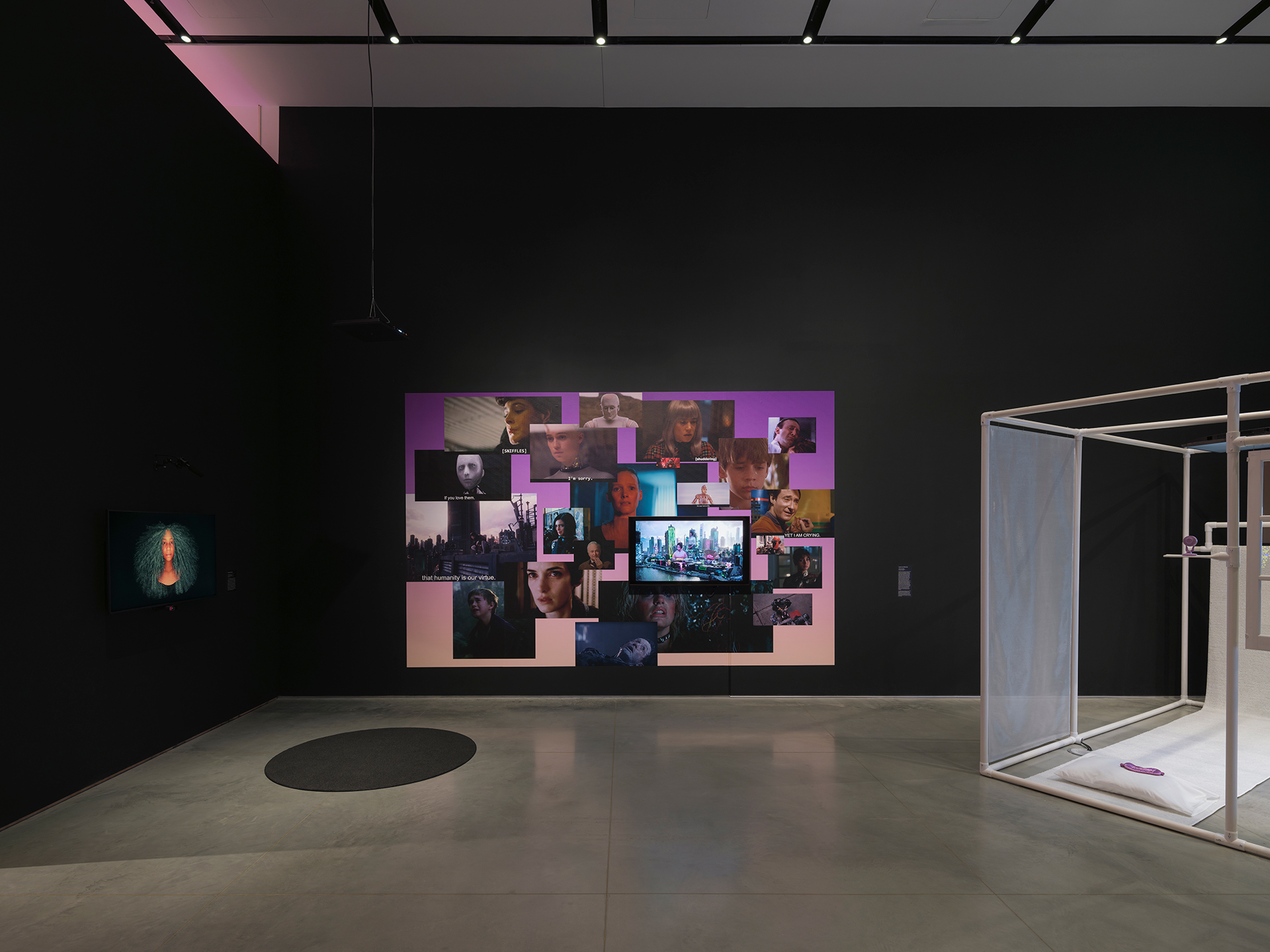
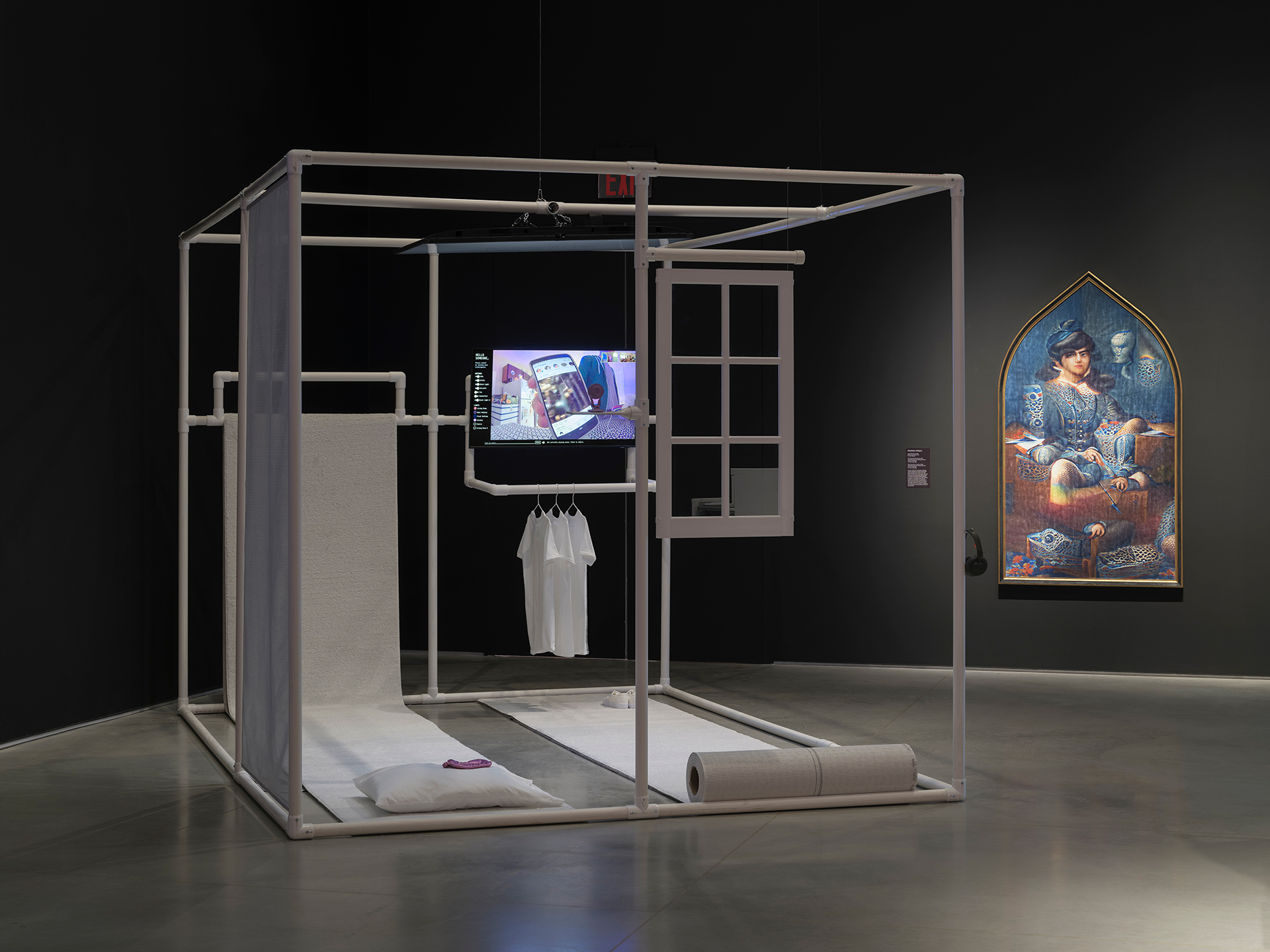
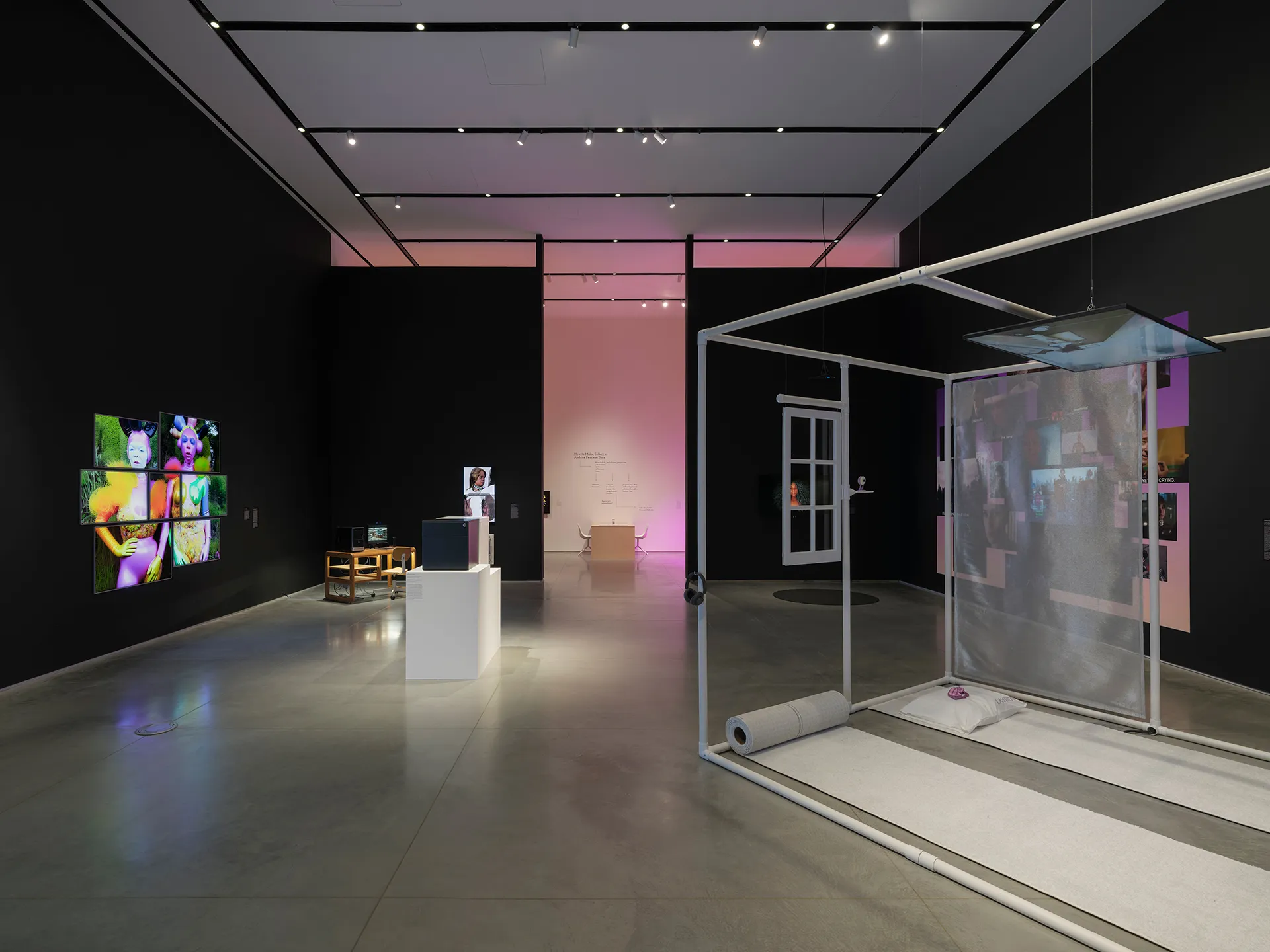
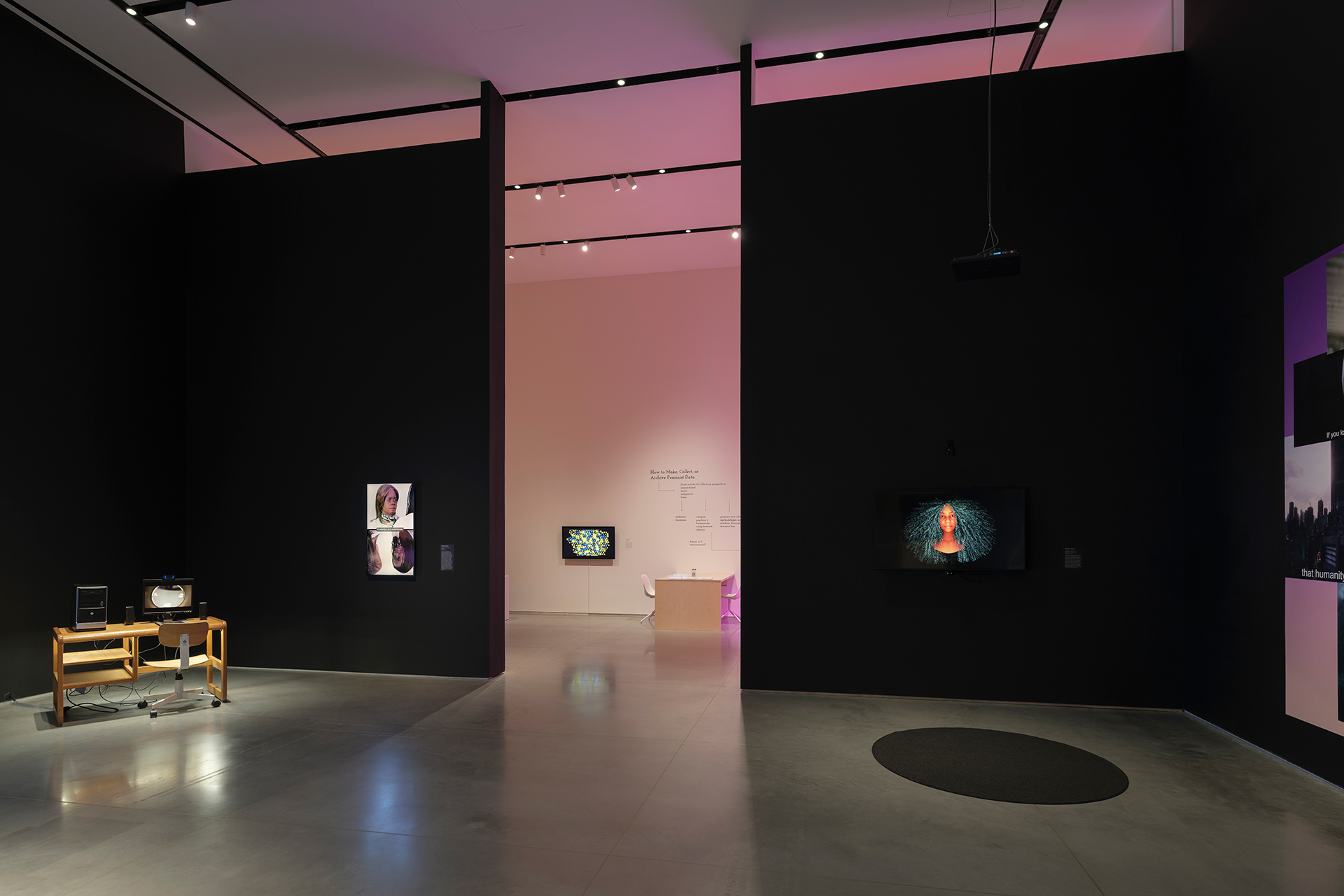
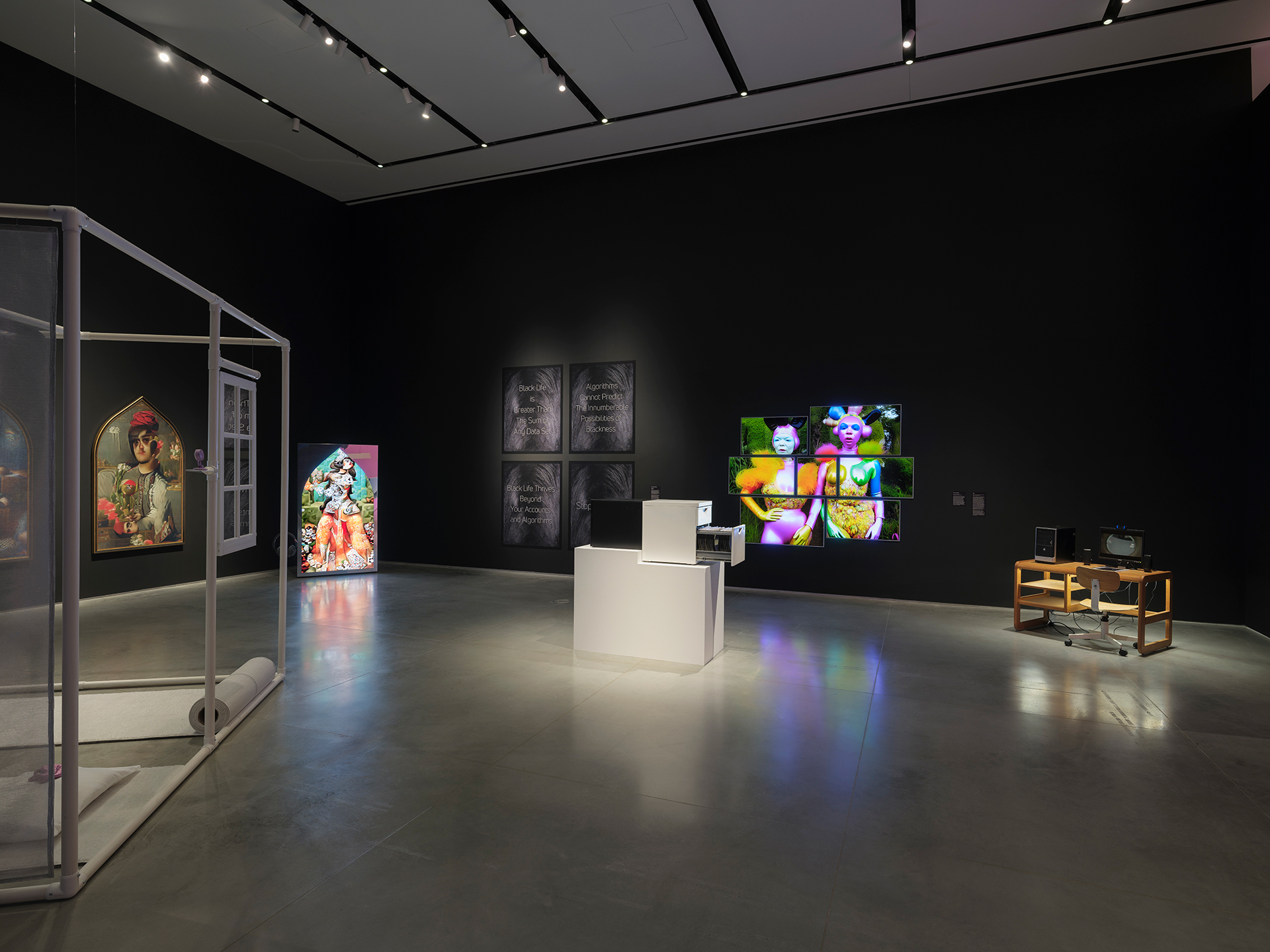
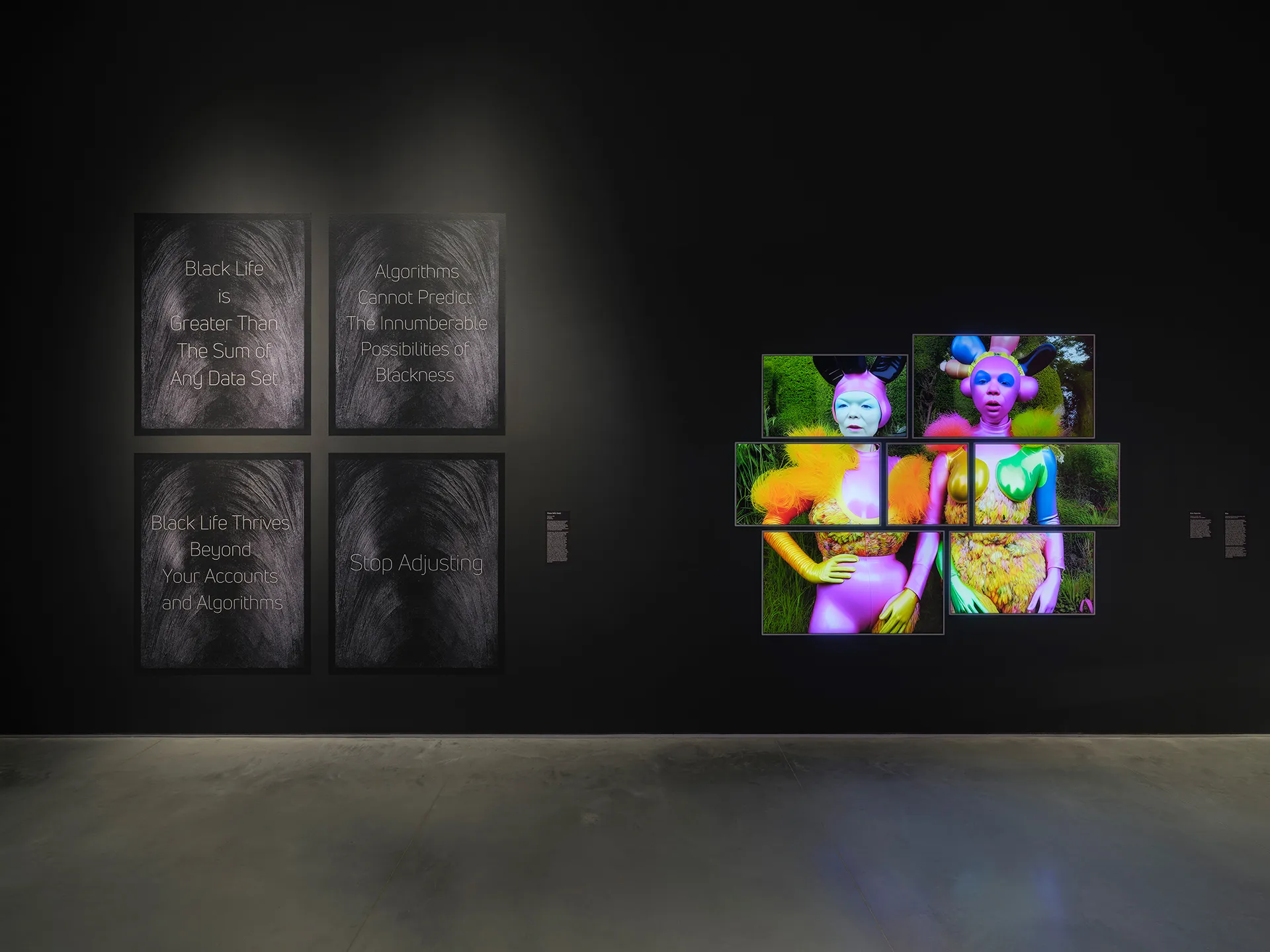
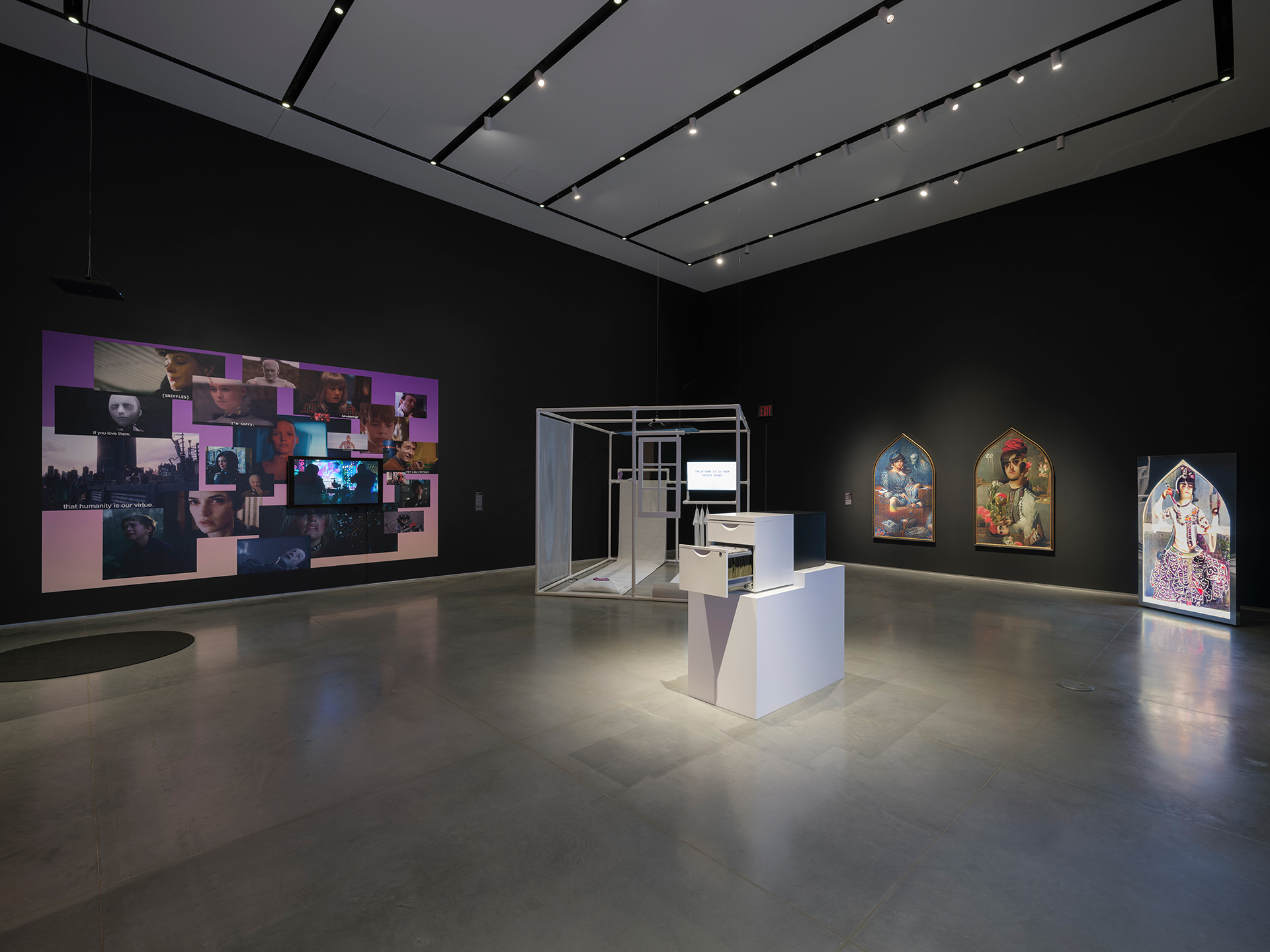
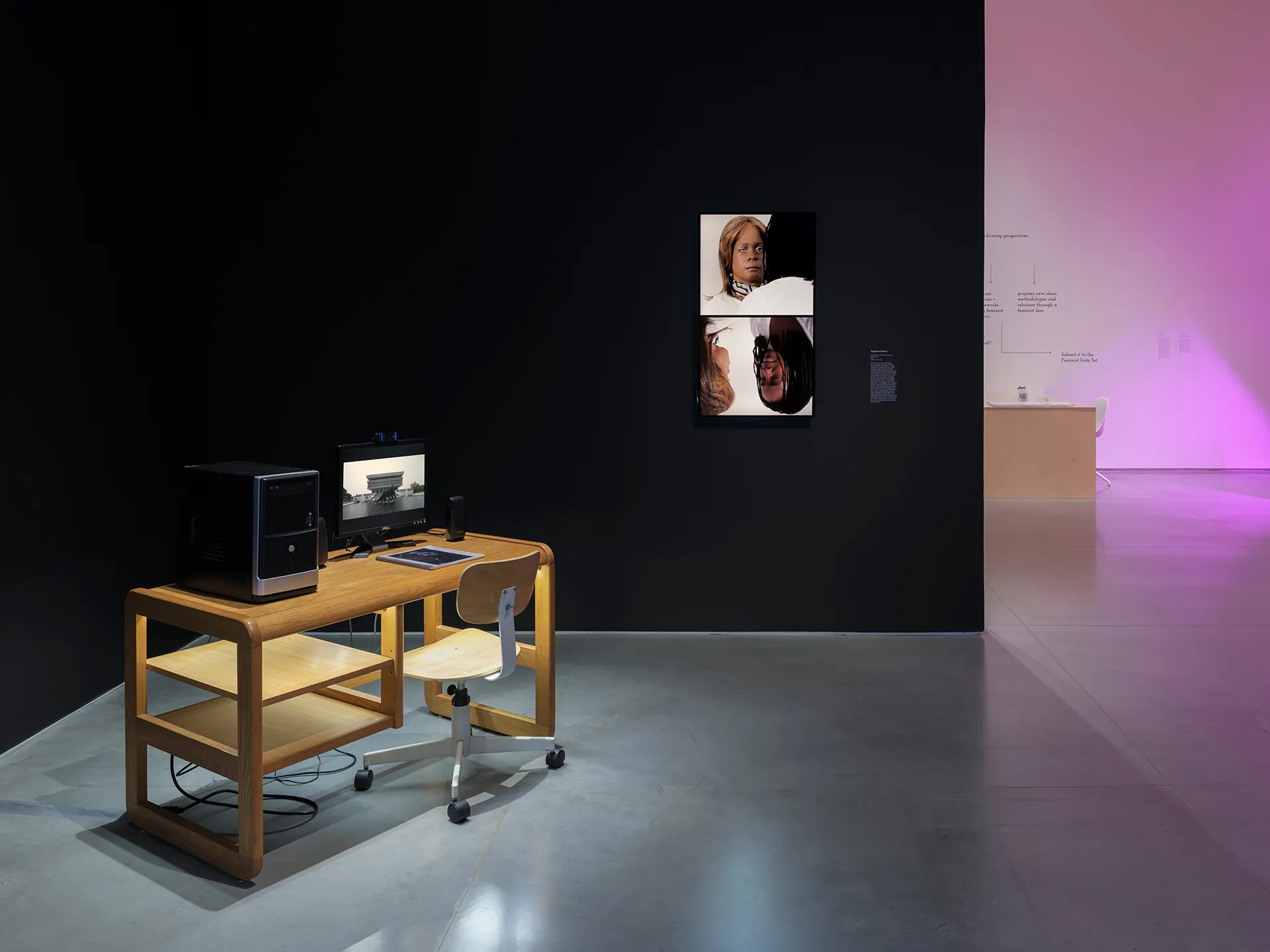
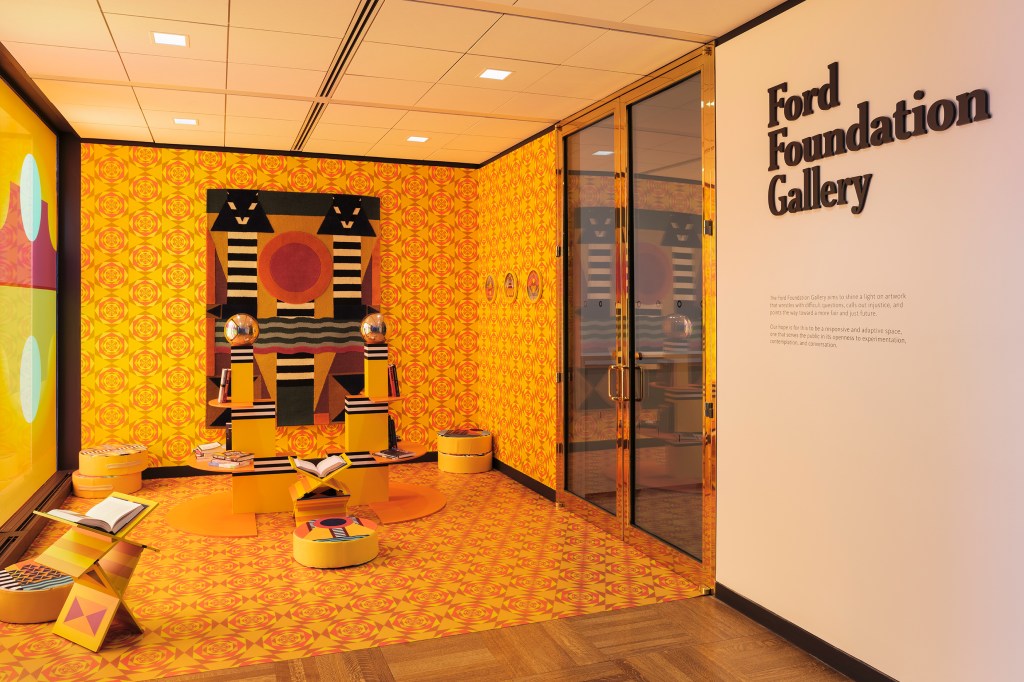
Andrew Demirjian and Dahlia Elsayed
The Center for No Center, 2023
Mixed media
Mandy Harris Williams
In collaboration with Shivani Desai
In Discriminate, 2021
Sound, 3:20
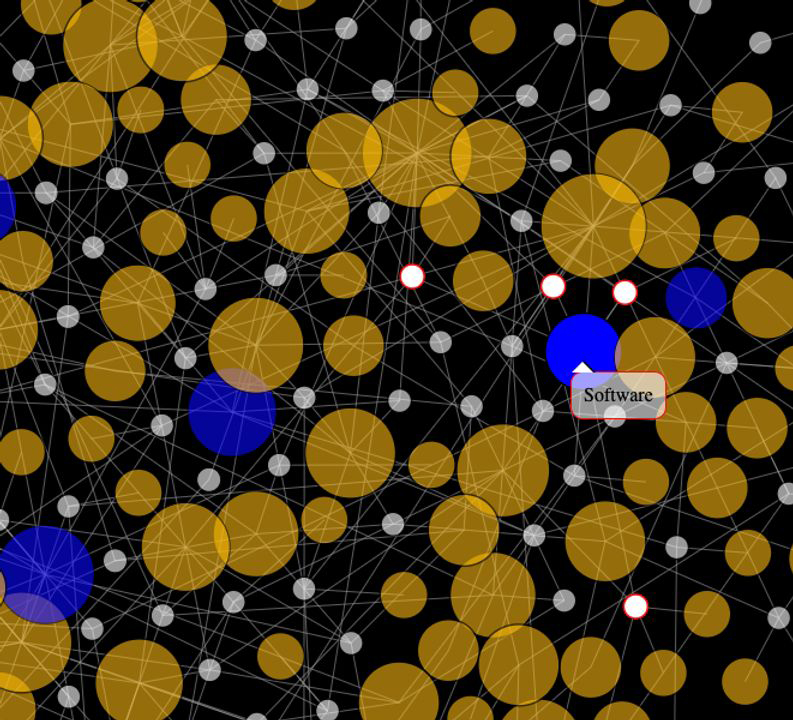
Maya Indira Ganesh with Design Beku
A Is For Another, 2020
Data visualization
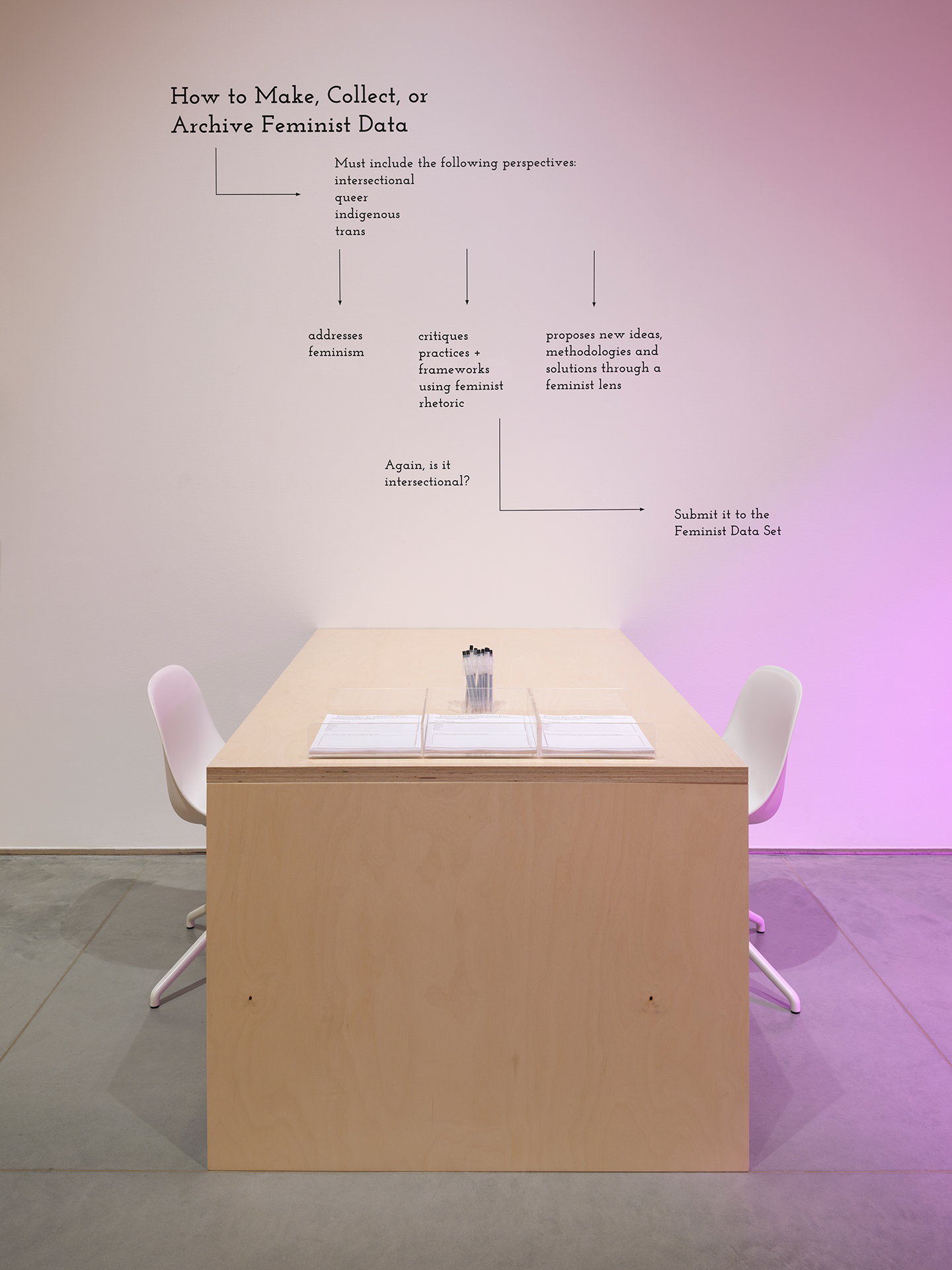
Caroline Sinders
Feminist Data Set, 2017-2023
Wall vinyl, worksheets, paper trays
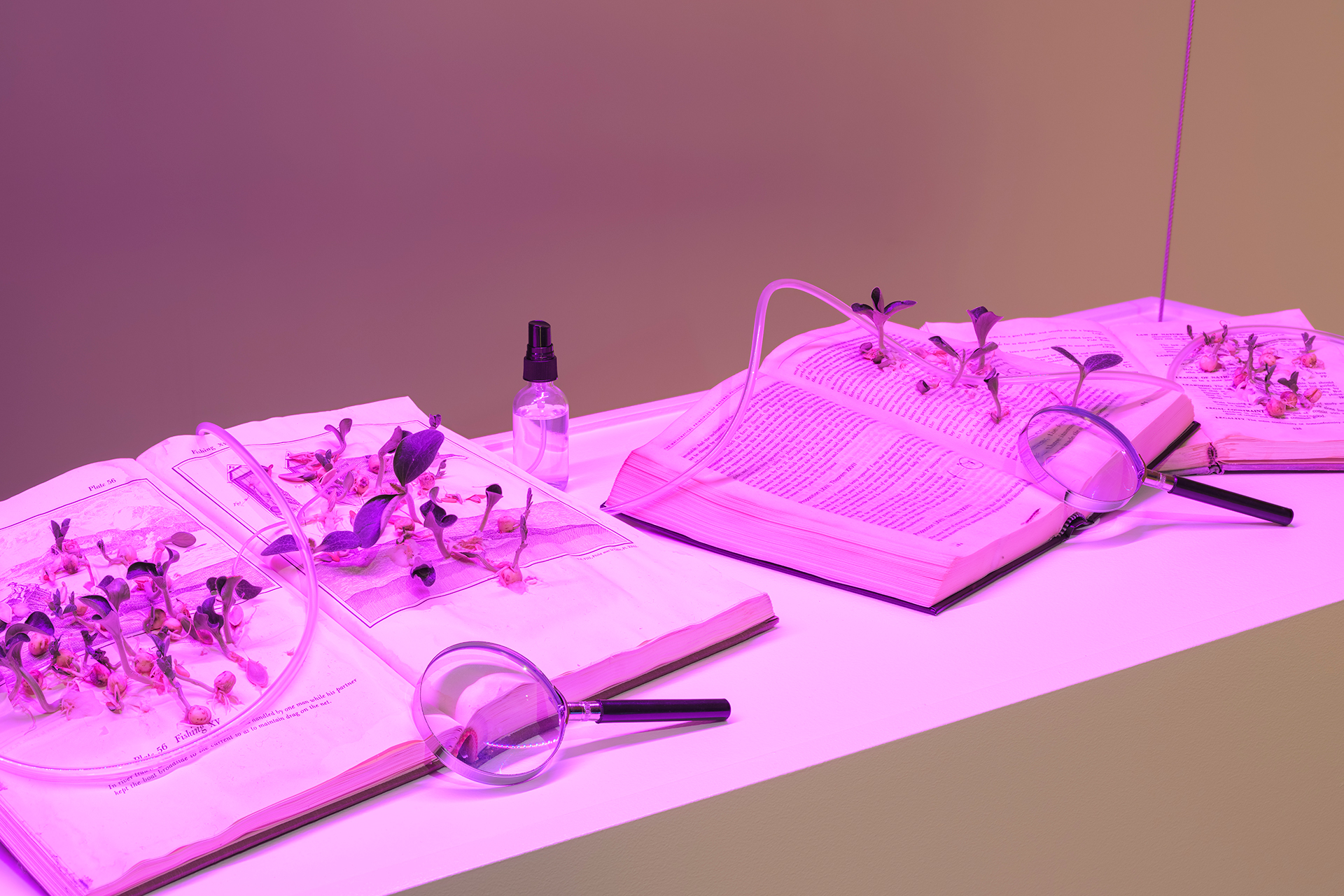
Aroussiak Gabrielian
Botanic Attunement, 2023
Books on Western science seeded with species of Cucurbitaceae and Fabaceae, magnifying glasses, grow lights, nutrient feed
Dimensions variable
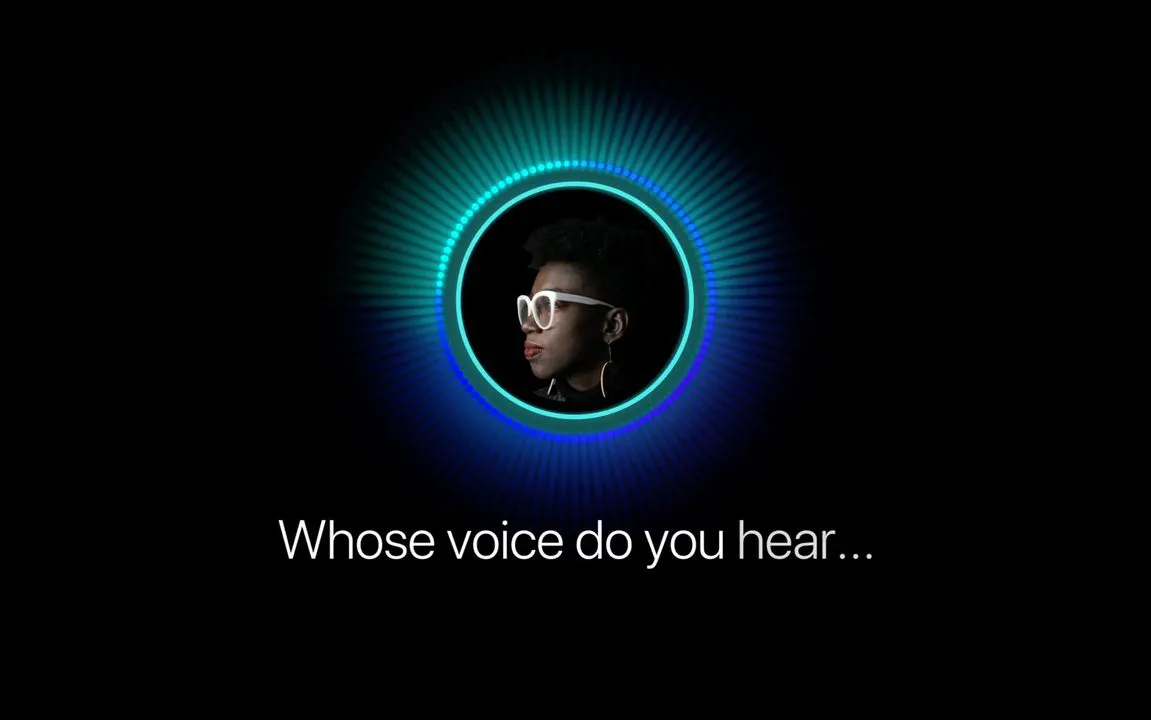
Algorithmic Justice League
Voicing Erasure, 2020
Video, 2:53
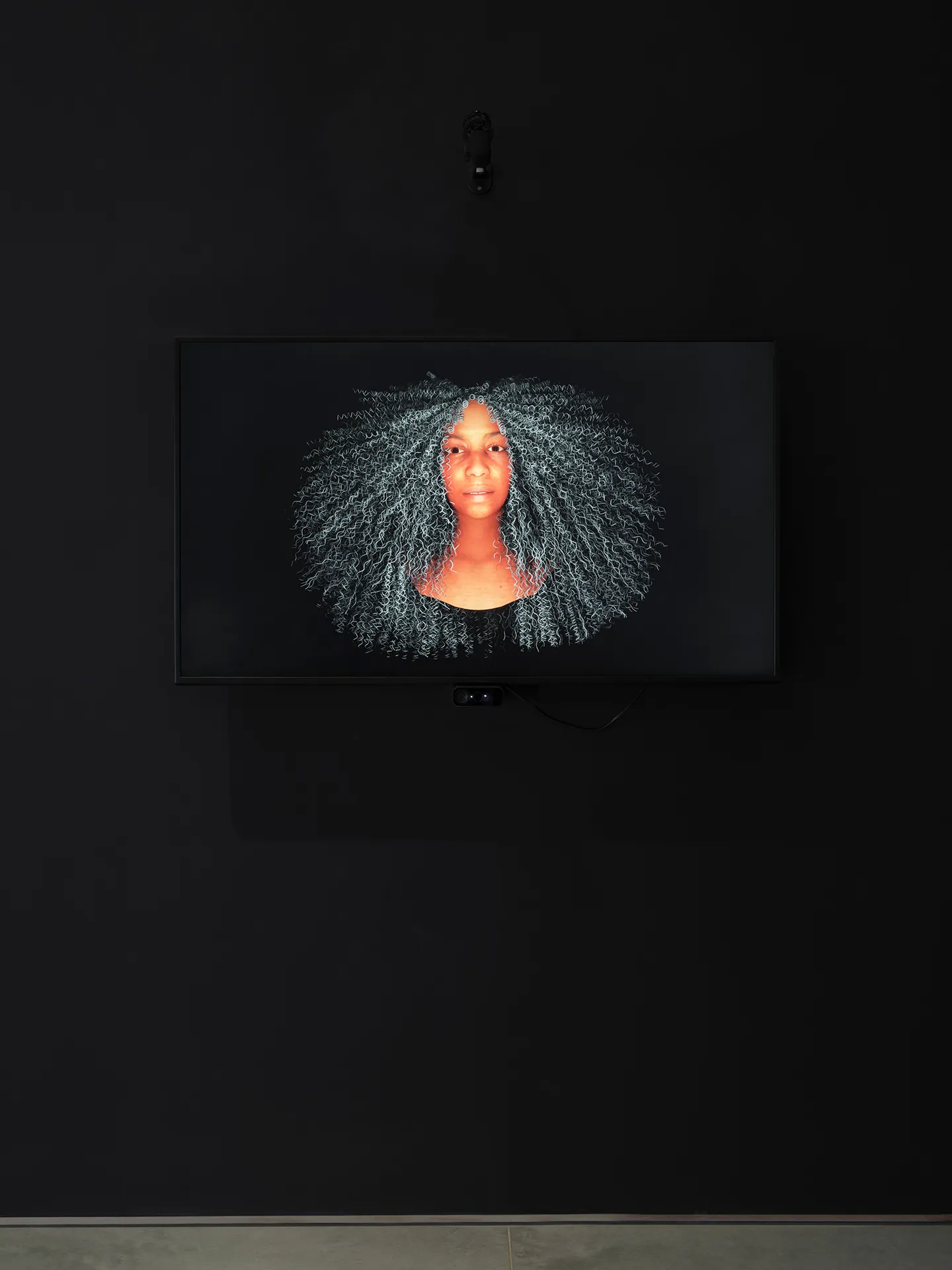
Stephanie Dinkins
Not the Only One (N’TOO), Avatar, V1, 2023 (Data 2018-ongoing)
Deep learning AI, computers, camera, microphone, screen
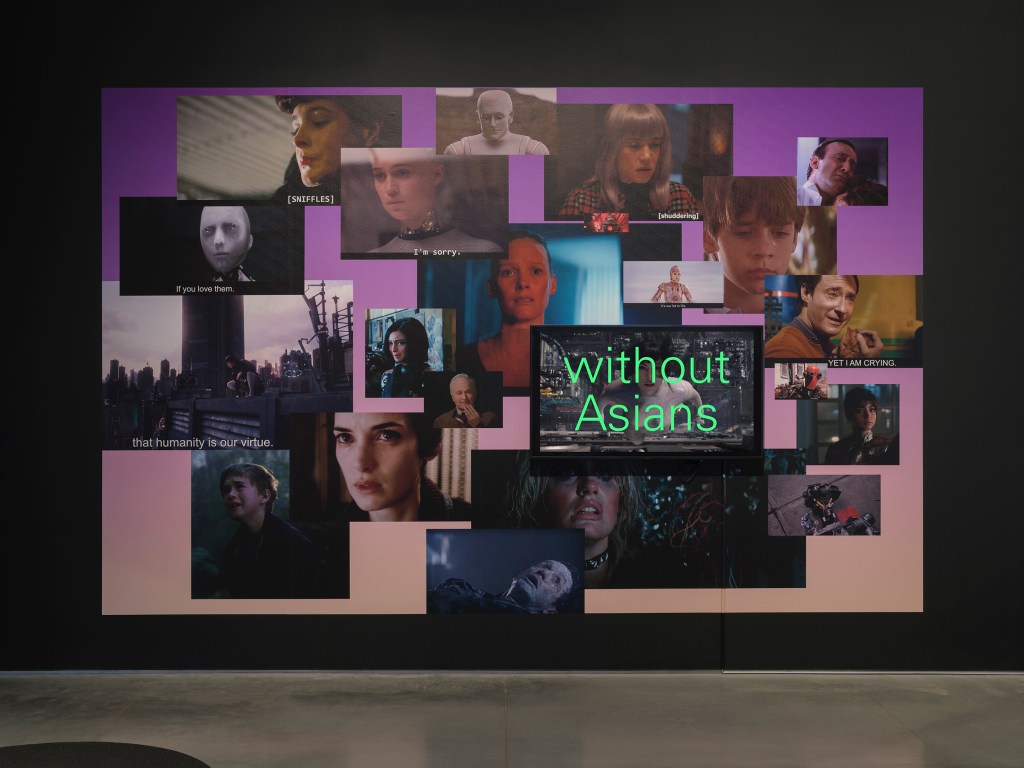
Astria Suparak
Sympathetic White Robots (White Robot Tears version), 2021 | 2023
Vinyl print
Virtually Asian, 2021
Video, 3:05
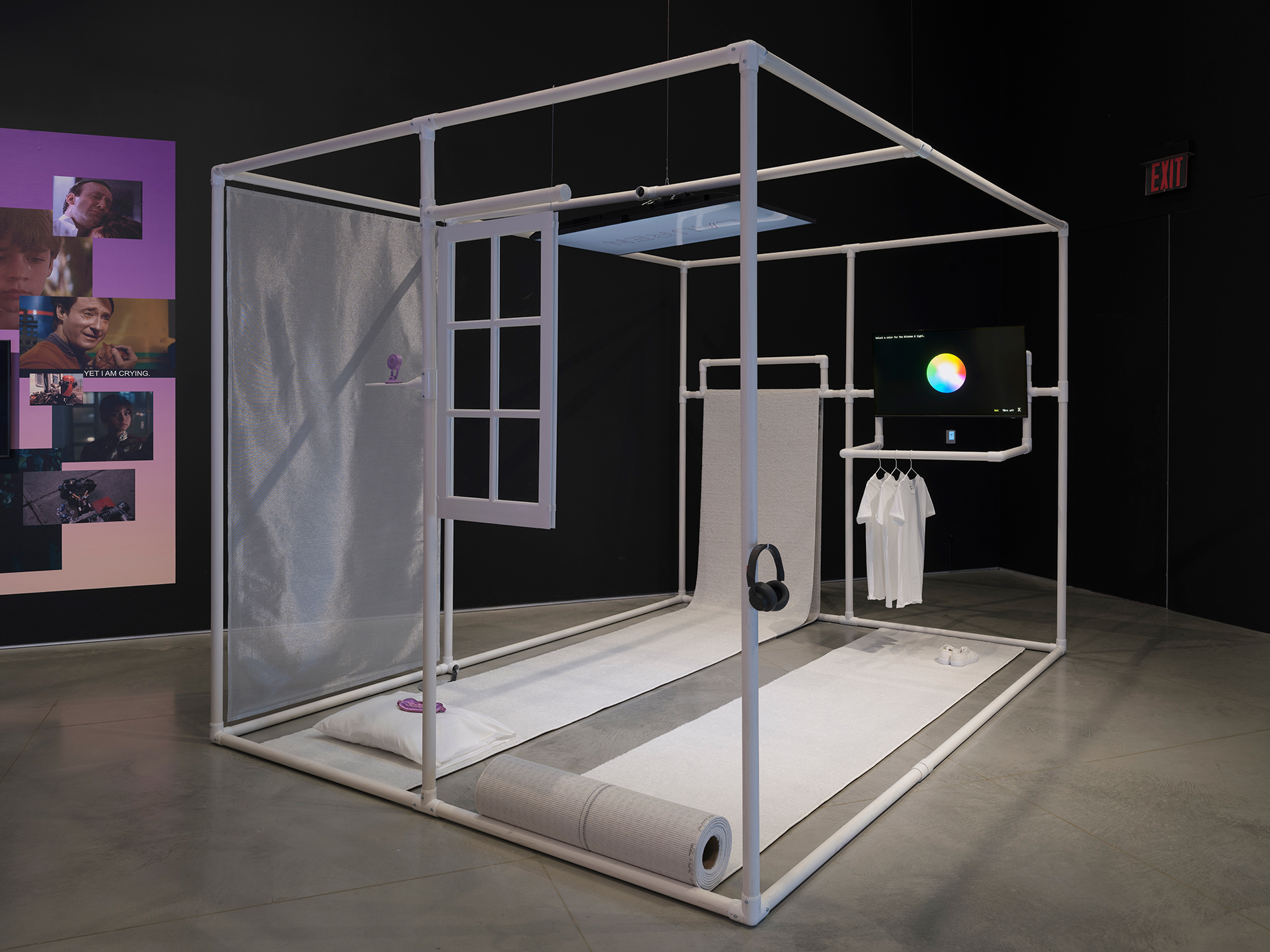
Lauren Lee McCarthy
LAUREN, 2017-ongoing
Video, devices, furnishings
100 x 109 x 147 inches
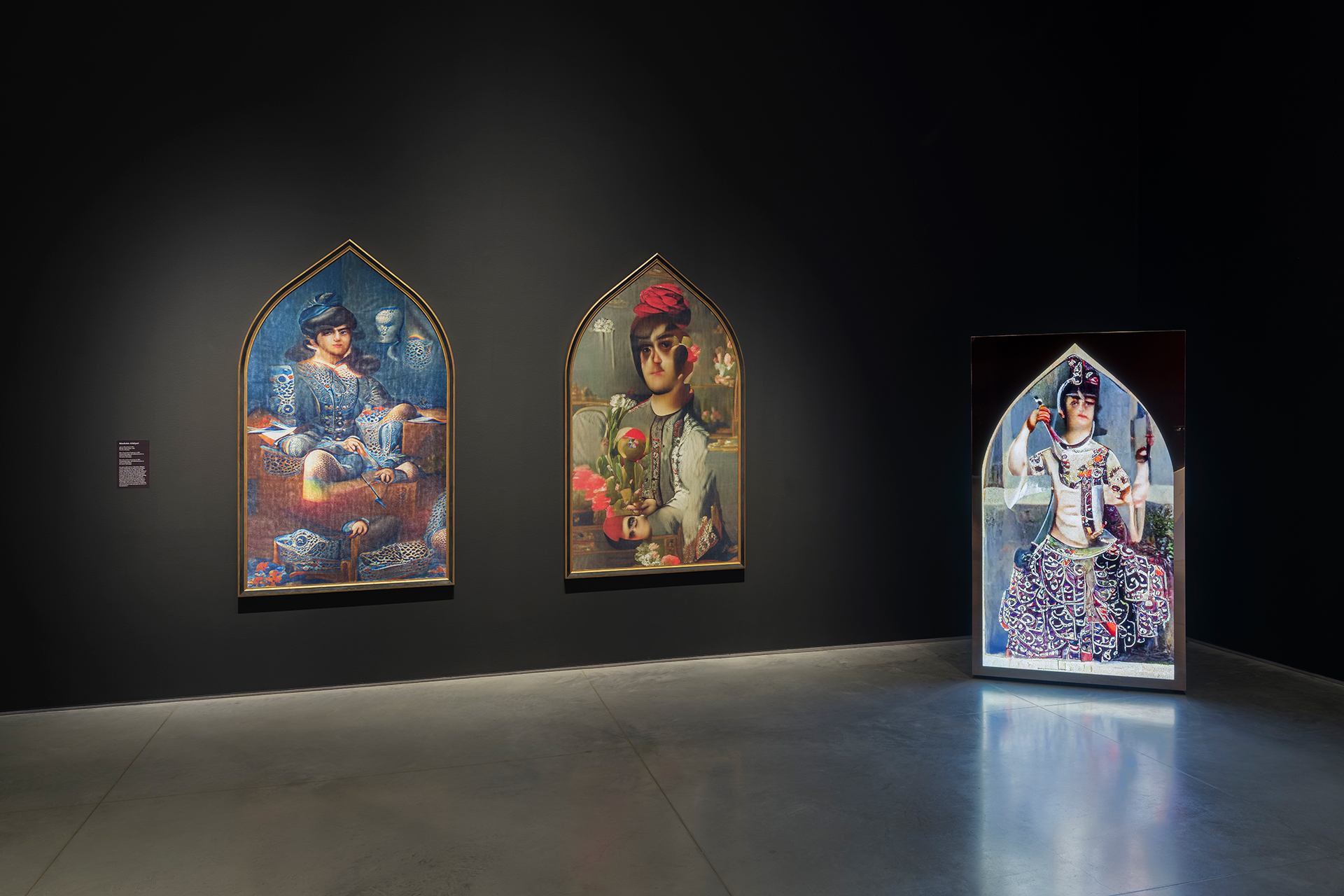
Morehshin Allahyari
ماه طلعت طلعت Moon-Faced, 2022
Monitor, mirror frame, video
75 x 43 x 14 inches
Moon-Faced Velvet Fragments I, 2023
AI-generated image, dye-sublimation print on velvet in custom frame
75 x 43.5 x 2.25 inches
Moon-Faced Velvet Fragments II, 2023
AI-generated image, dye-sublimation print on velvet in custom frame
75 x 43.5 x 2.25 inches
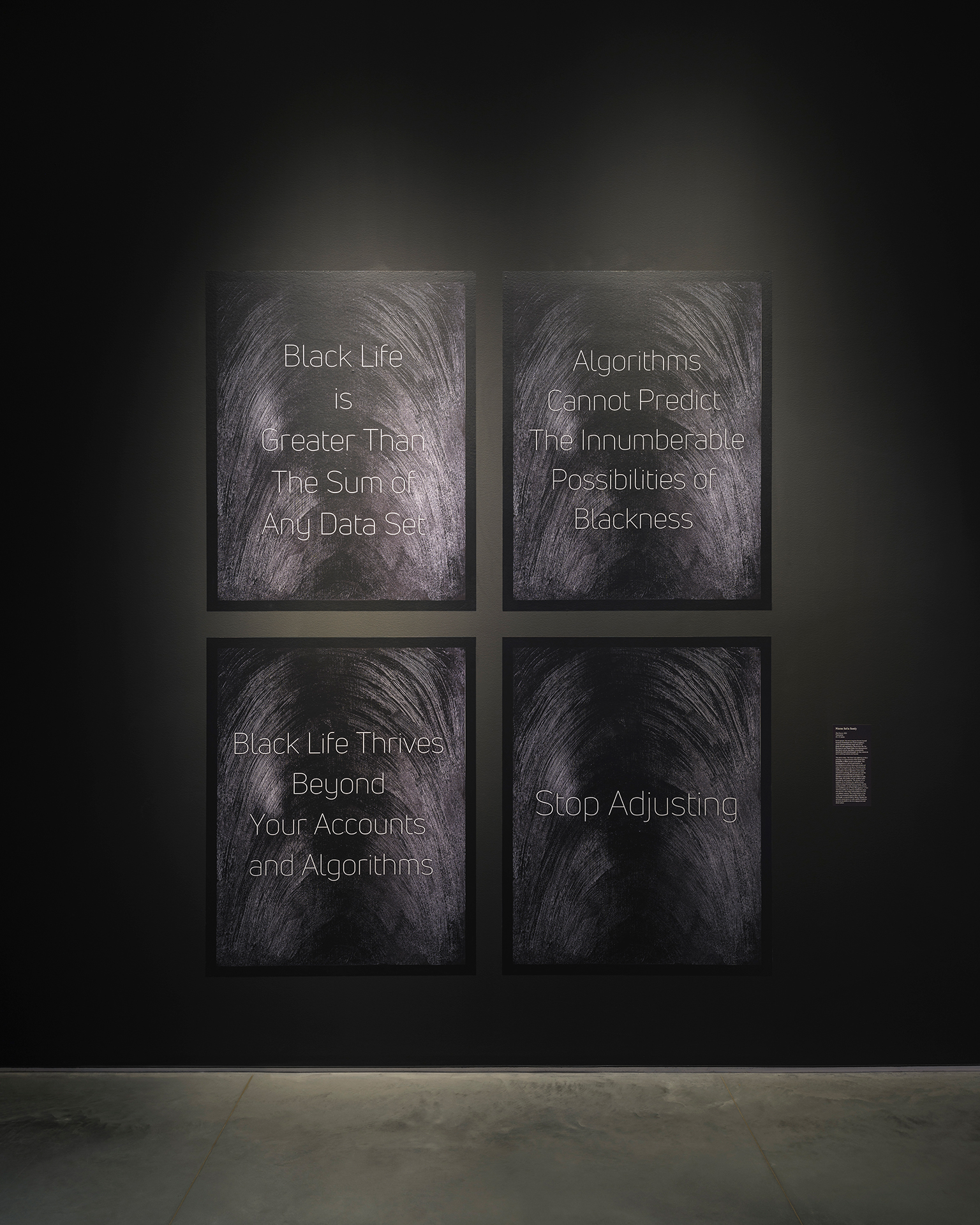
Niama Safia Sandy
The Groove, 2021
Vinyl prints
52 x 42 inches
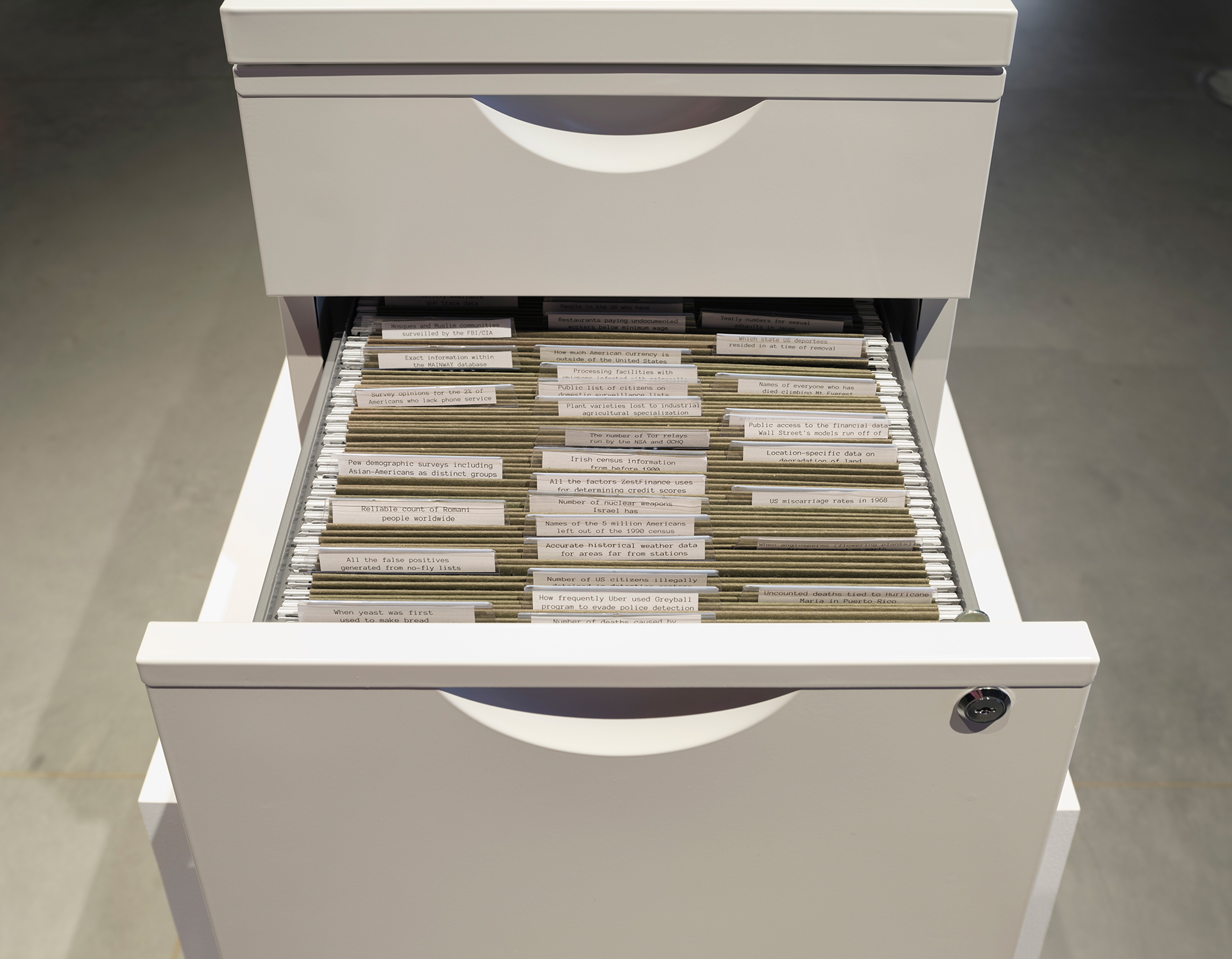
Mimi Ọnụọha
Library of Missing Datasets, Version 1.0, 2016
Steel filing cabinet with folders and tabs
20.25 x 16.25 x 20 inches
Library of Missing Datasets, Version 3.0, 2021
Steel filing cabinet filled with sealed envelopes containing missing datasets
16.75 x 15.375 x 19.75 inches
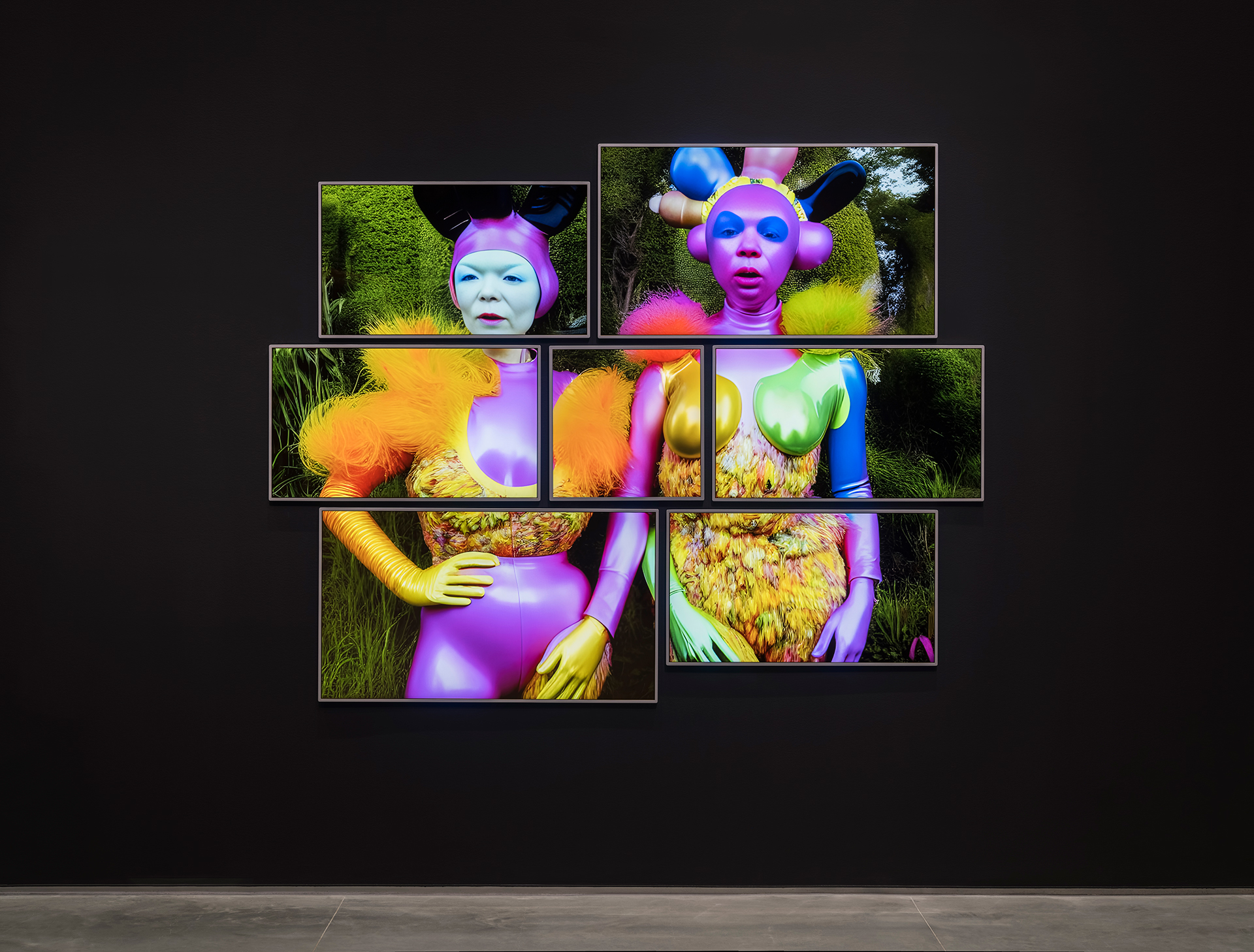
Kira Xonorika
Teleport Us to Mars, 2022
AI-generated images, video monitors
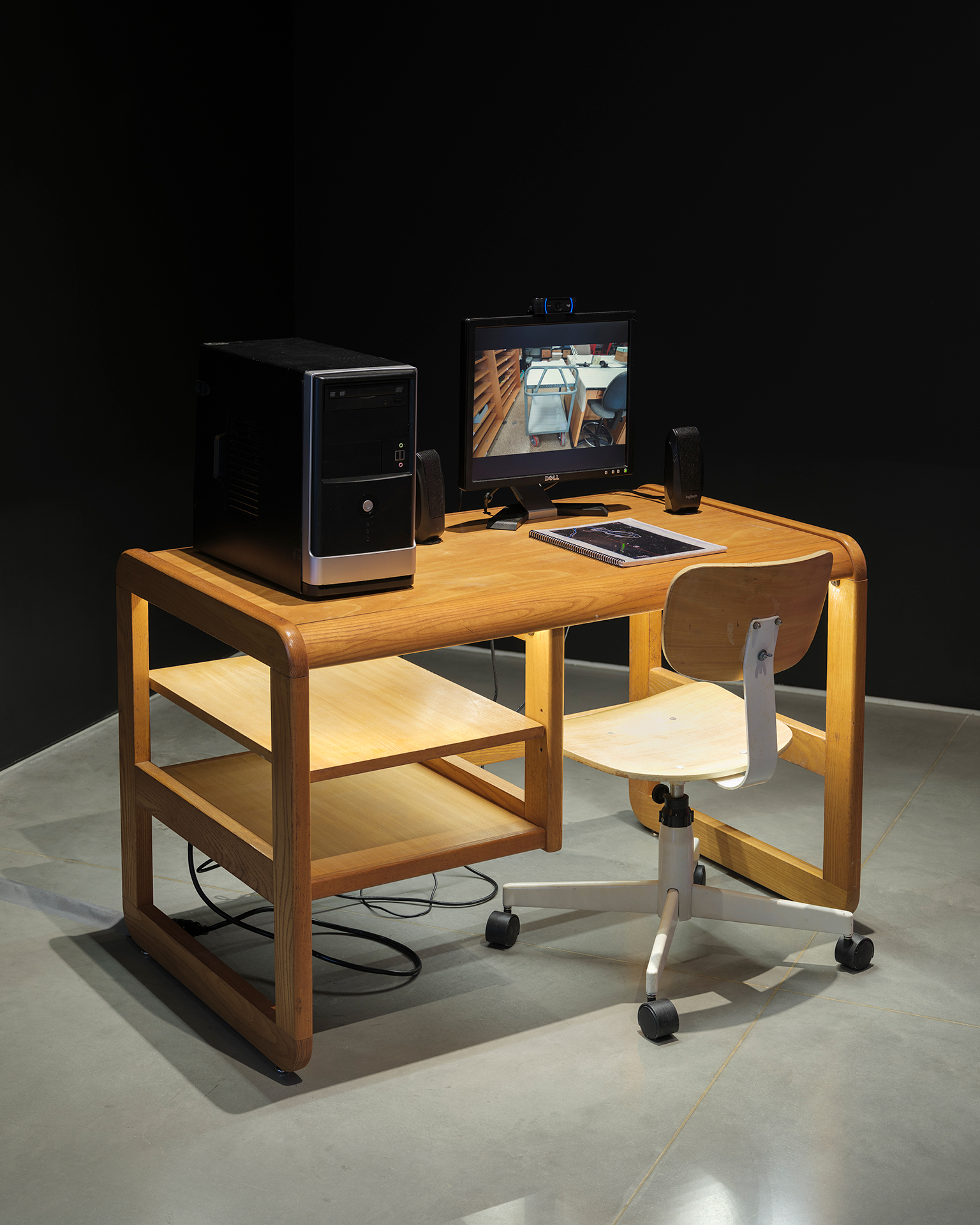
Kite
Makȟóčheowápi Akézaptaŋ (Fifteen Maps), 2021
Monitor, PC, speakers, printout
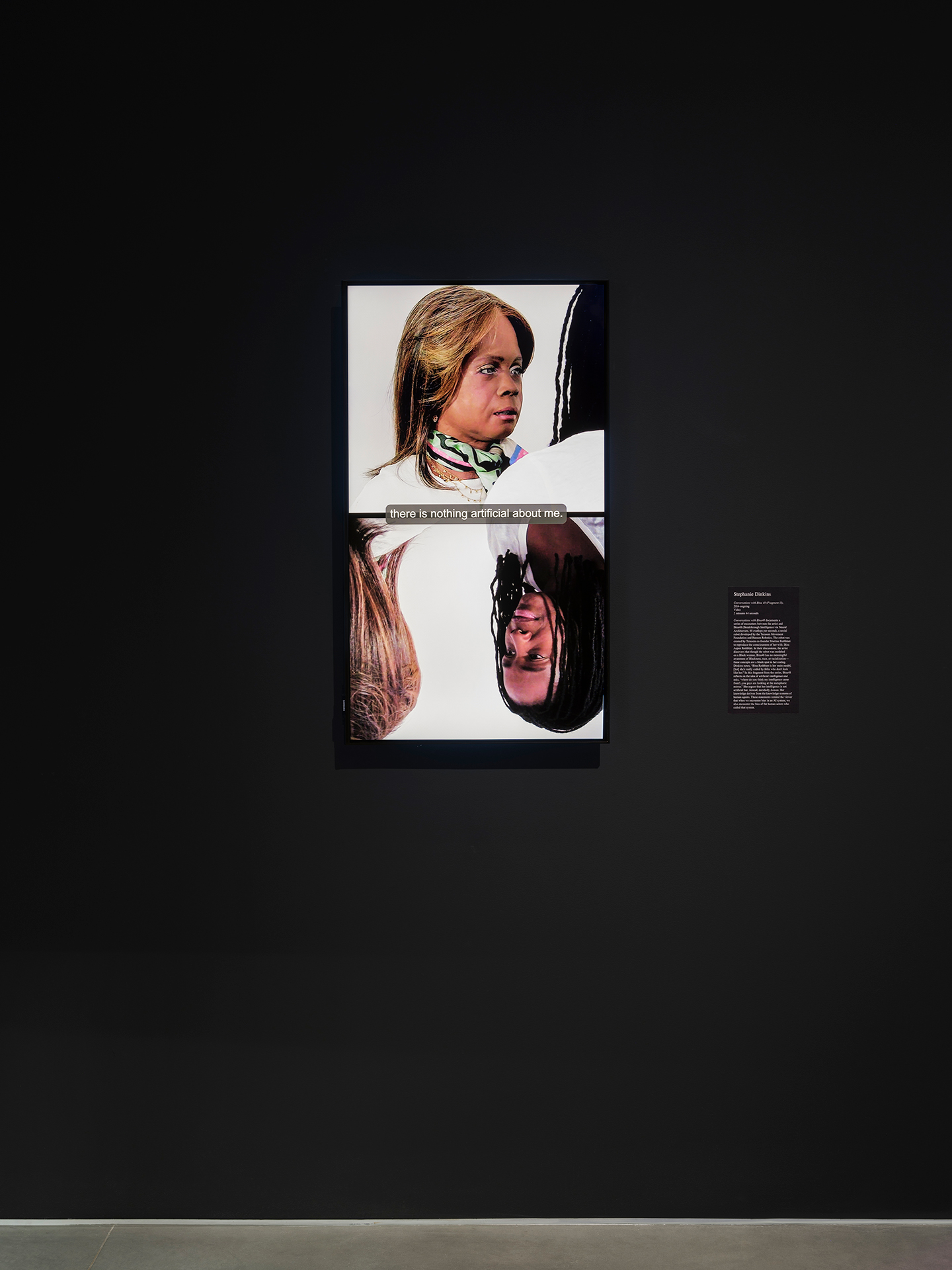
Stephanie Dinkins
Conversations with Bina 48 (Fragment 11), 2014-ongoing
Video, 2:44


